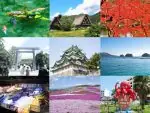"Making shiny clay ball" at INAX Museum in Tokoname City, Aichi Prefecture!
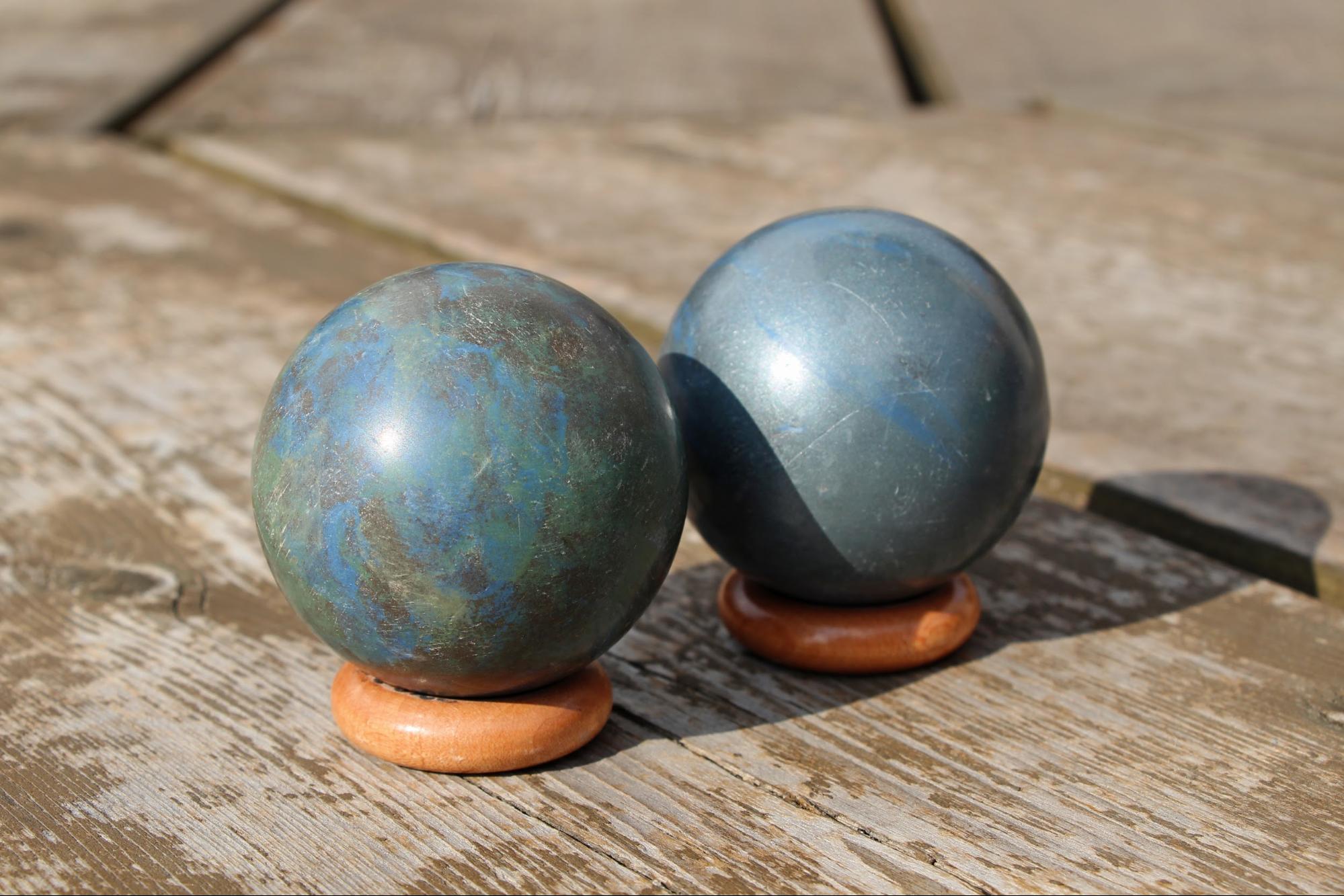
Table of Contents
"INAX Museum" is in Tokoname City, Aichi Prefecture. Operated by LIXIL, this is an experience-based museum where you can come into contact with tile and pottery cultures from around the world.
At the "Soil and Doronko-kan," located within the facility, visitors can try their hand at making "glowing clay balls" using pottery clay and tools, which is very popular with both children and adults! In this workshop, visitors shave, color, and polish a ball of clay into a glowing sphere using a method completely different from that used to make "Dorodango" in the sandbox or school yard.
We have actually tried the workshop and would like to introduce it to you!
*A limited menu will be provided to prevent the spread of the new coronavirus.
https://livingculture.lixil.com/topics/ilm/clayworks/workshop_info/post-91/
What is the “INAX Museum”?
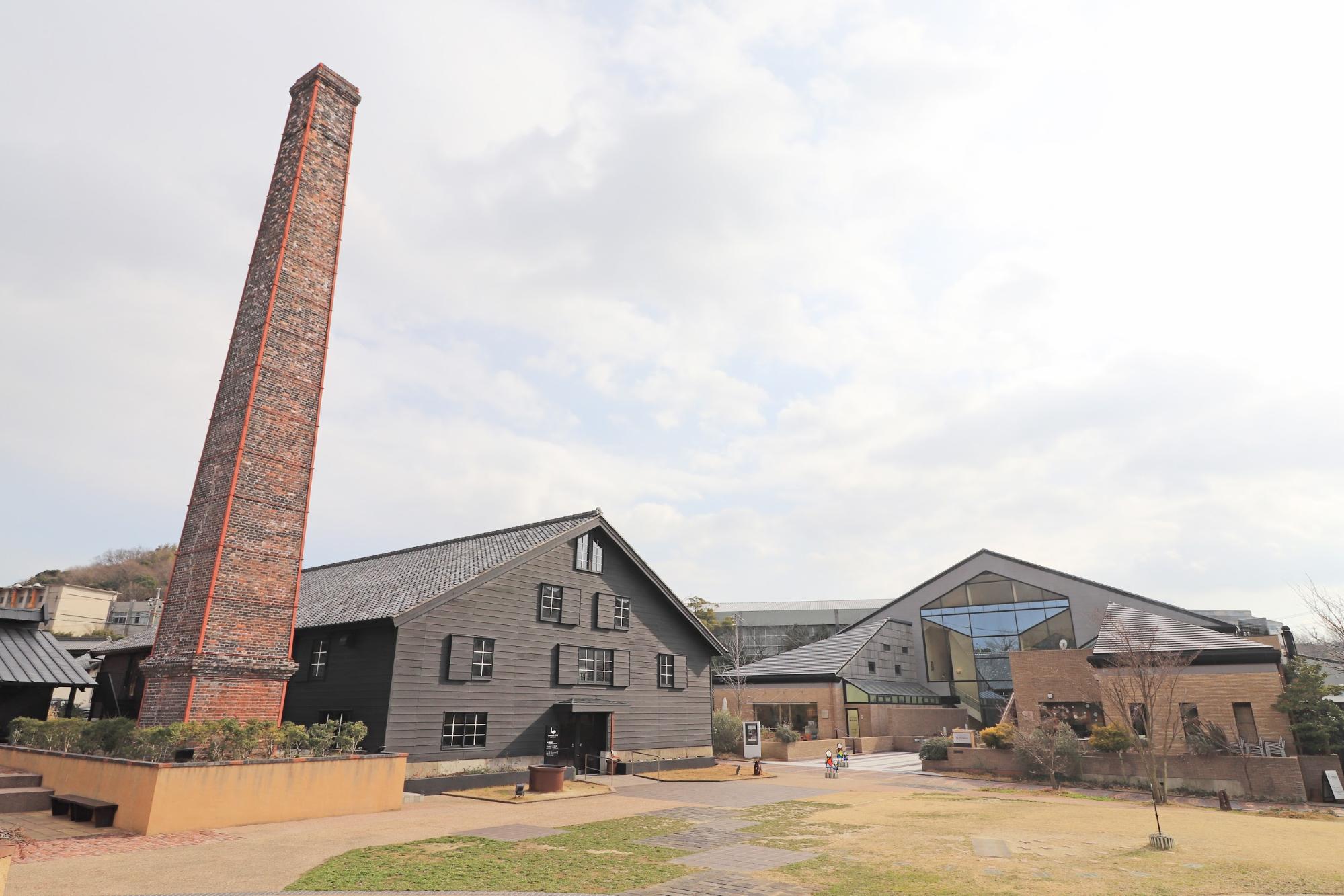
First of all, we would like to introduce a little bit about the "INAX Museum".
There are six facilities within the museum, and you can not only look and learn, but also touch the tiles and participate in workshops. It also has an Italian restaurant, so it's a spot where you can enjoy a whole day with your family.
▼ Click here for details
Soil and Doronko-kan, a hands-on facility focusing on soil,
which is essential for making pottery.

You can experience making glowing clay balls at the Soil and Doronko-kan.
A hands-on facility that focuses on soil, which is indispensable for making pottery. Exhibitions and workshops on soil are held in the building where you can feel the warmth of the architecture that uses plenty of soil.

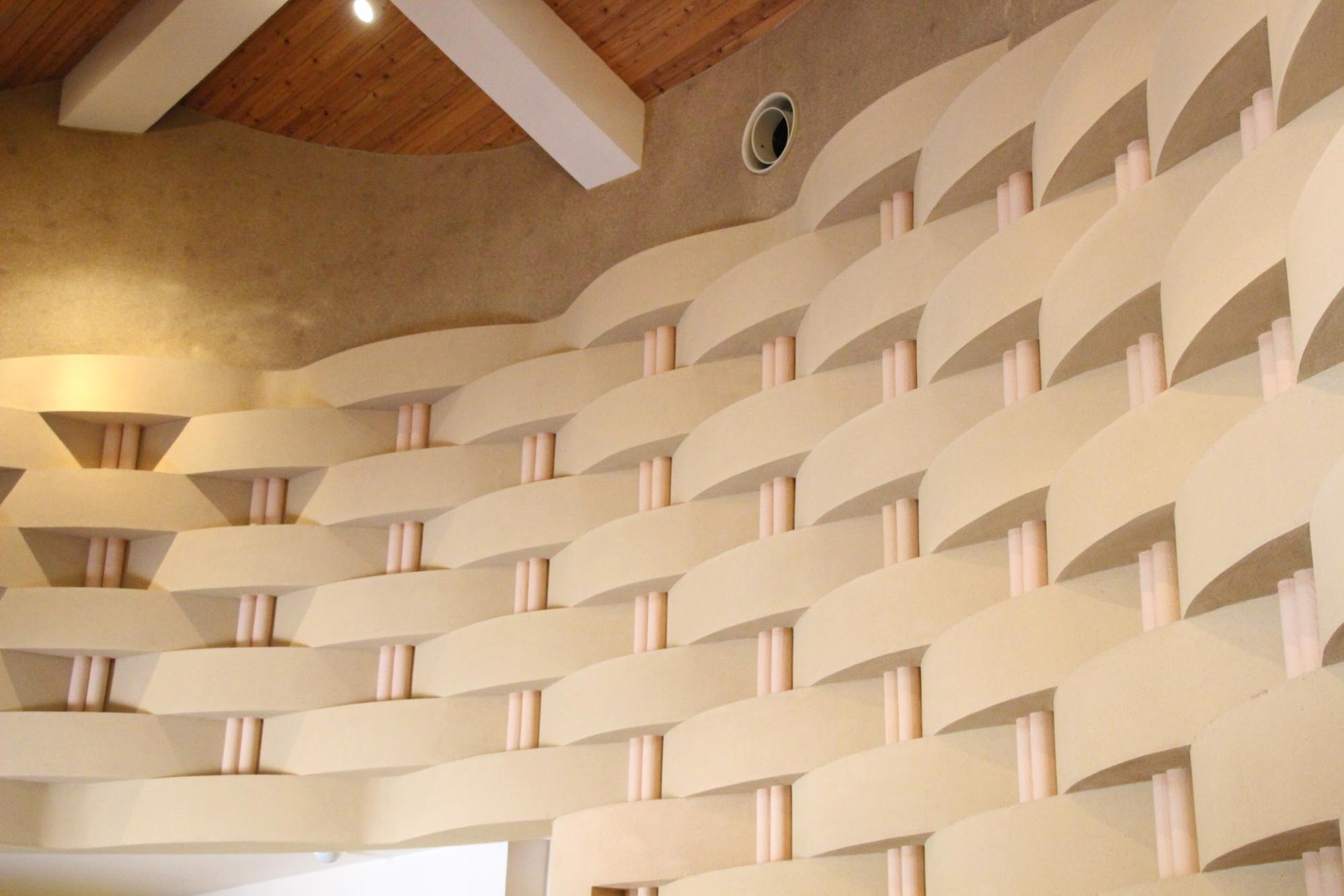
Next to the reception desk, the "Great Tokoname Wall" stretches across the large space, drawing beautiful curves. The curves and corners of the wall give a sense of depth, and the form is finished with a highly difficult plastering technique.
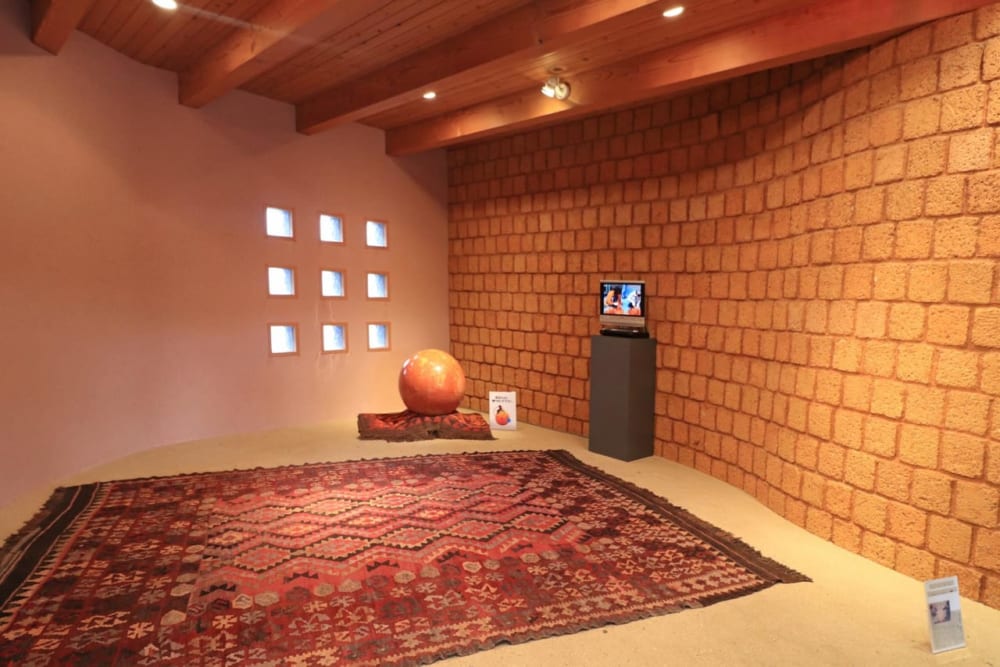
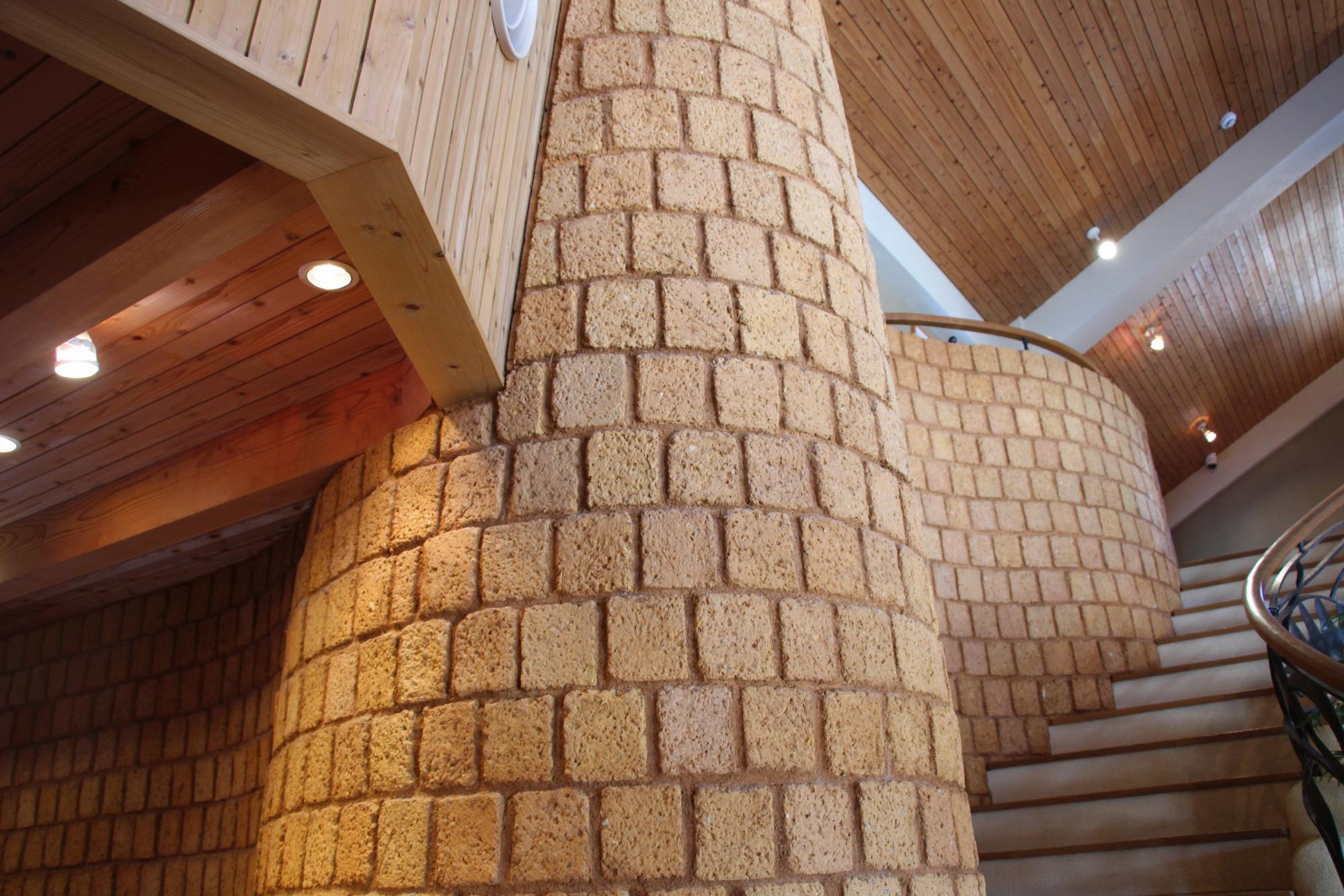
Soil is used in abundance both inside and outside the Doronko-kan. The walls made of sun-dried bricks were created in a workshop held in 2006. Please take a look at the building as well!
Challenge yourself to make glowing clay balls!

Now it's finally time to challenge "Making glowing clay balls"! Is it possible to finish it shiny and smooth ...?

First of all, start from the teacher's lecture. She also taught us the materials to use and the principle of why it shines.
Clay soil particles are very fine, less than 2 microns, and look flat when viewed under a microscope. By smoothing out the unevenness of the surface and flattening it so that it faces the same direction, it seems that it looks shiny due to the relationship of light reflection. How to get rid of unevenness on the surface is the point to make it shine smoothly!
It is said that it is a workshop that applies the technique of polishing and shining Tokoname ware teapots and bowls.
Step 1: Scraping (required time: 20 minutes)
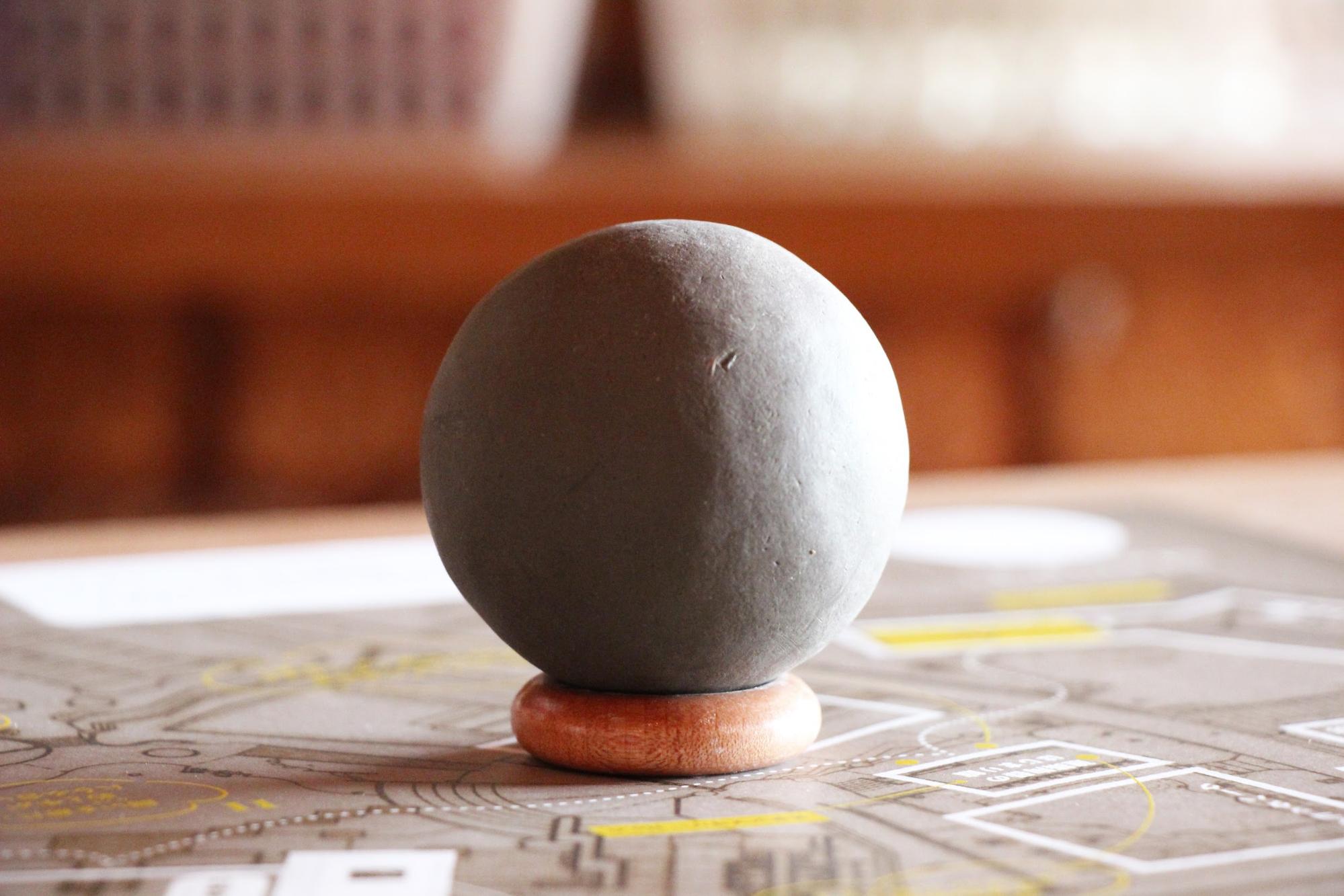
The first step is the “scraping” process.
What is used to make glowing clay balls is a "tane" (dough) that is a ball of clay for pottery. Use a tool to scrape the surface of tane.
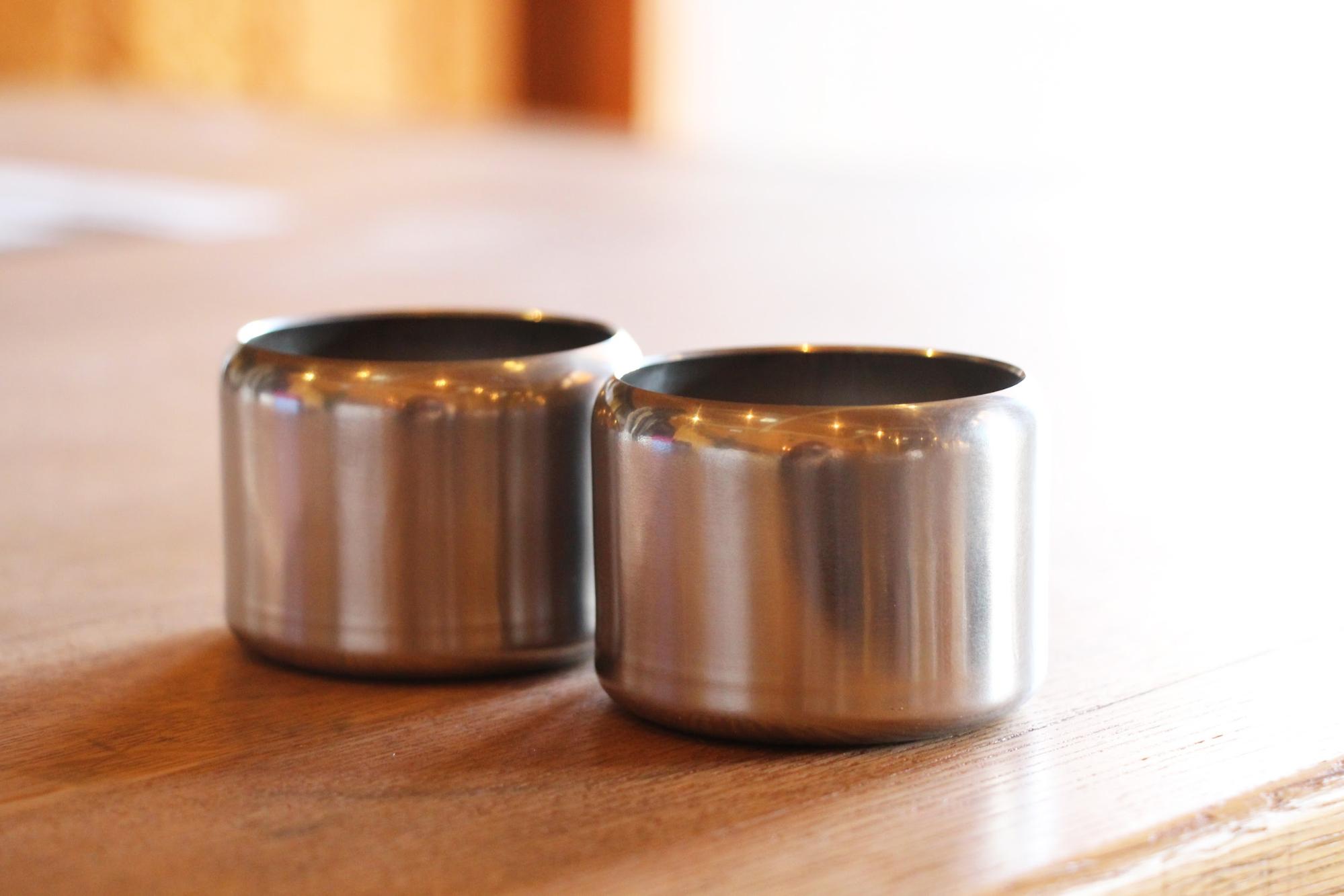
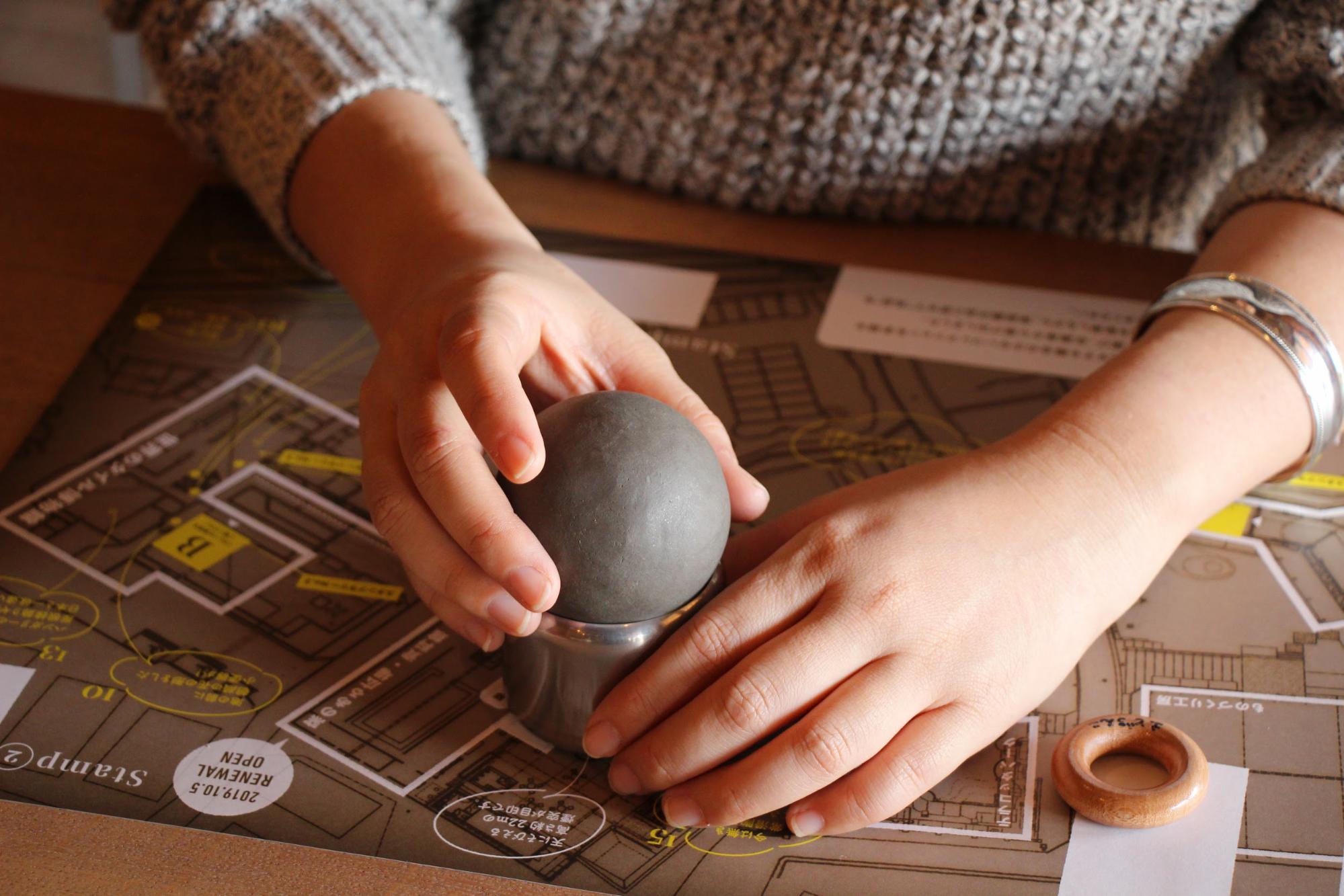
Put it on the metal cup.
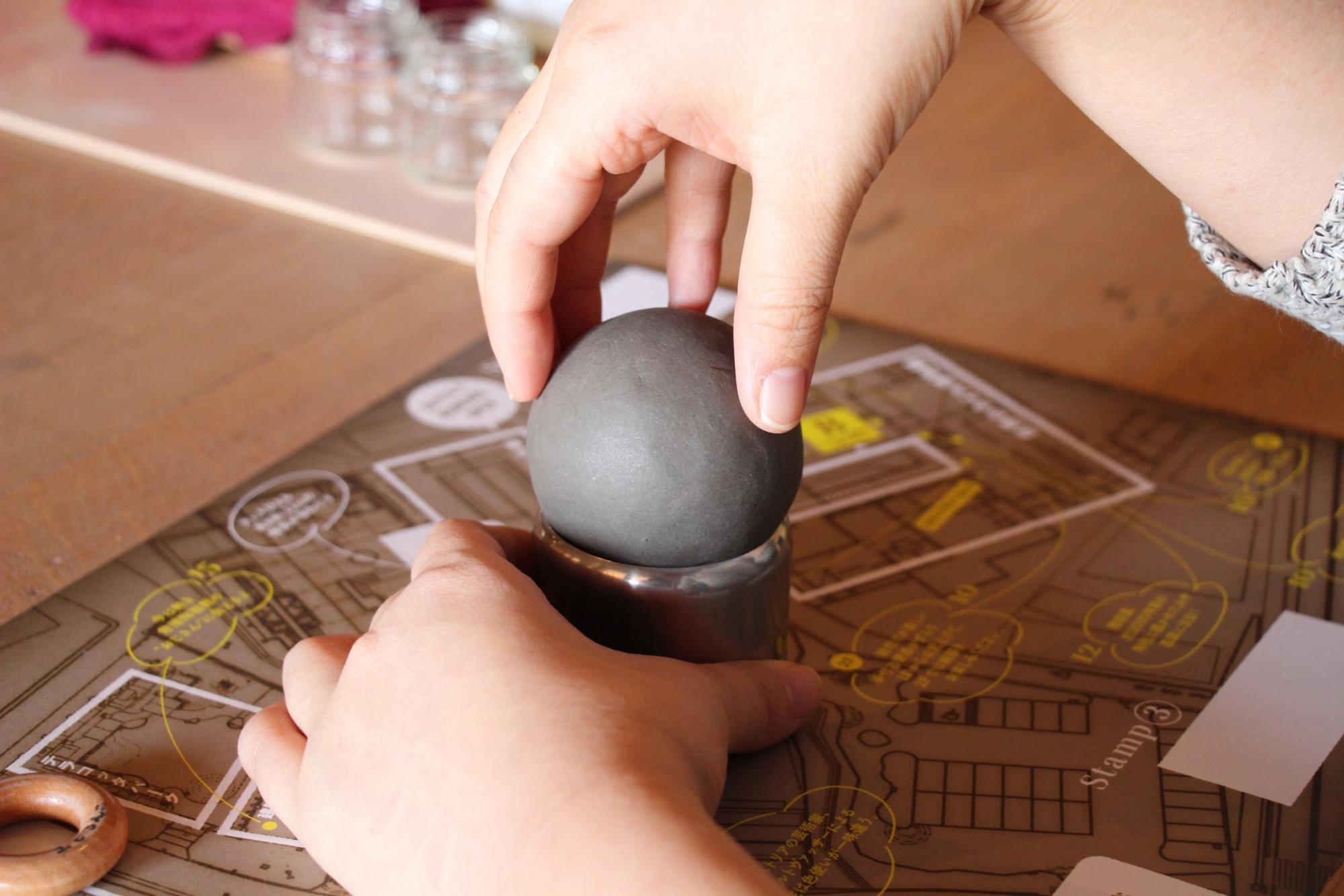
Apply a lot of force and roll the tane forward. The point is to scrape the place where the tane is in contact with the cup. By doing this, you will gradually get closer to the sphere. It's a lot more work than it looks.
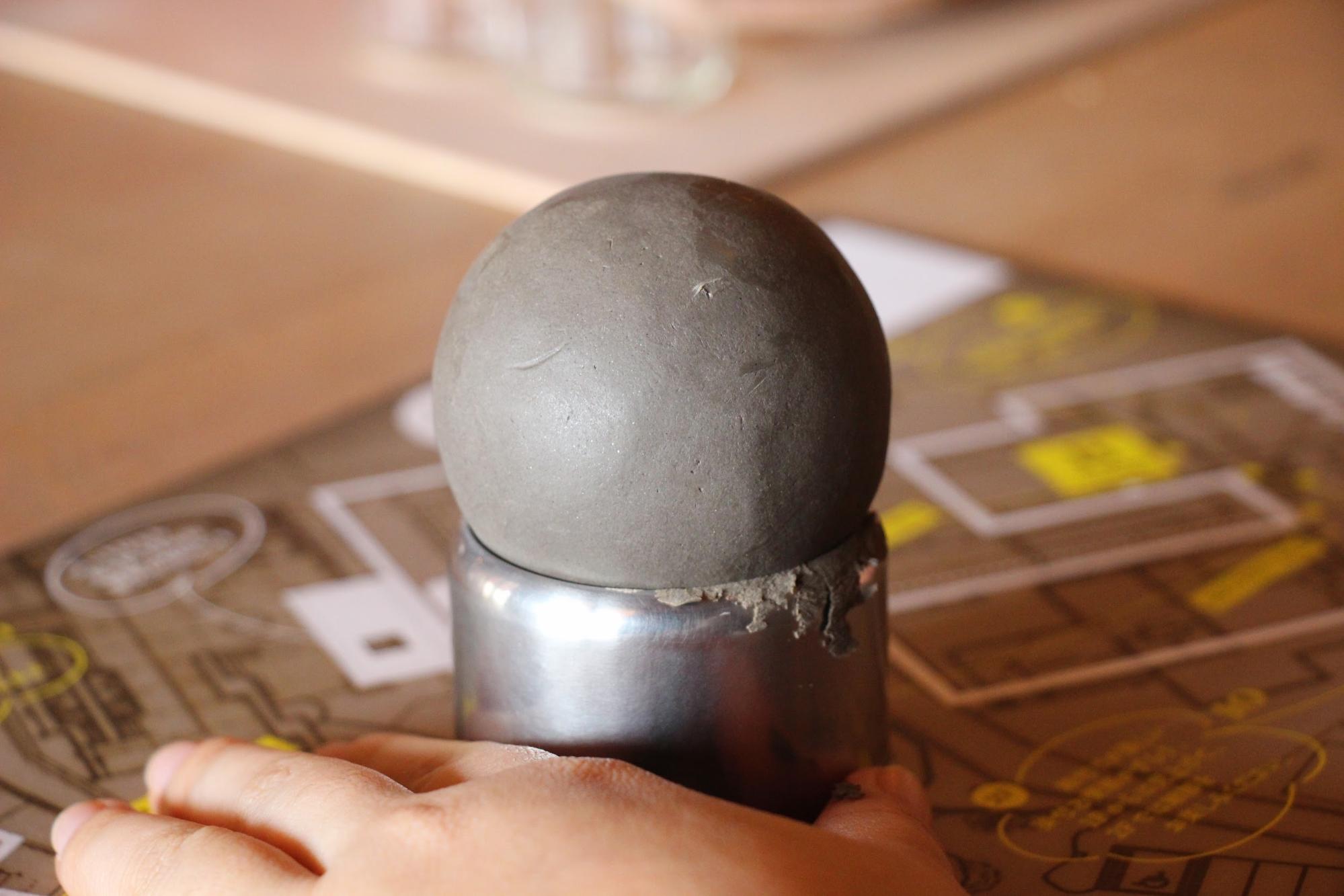

We have shaved quite a bit, but it is still not uniform. Let's shave some more!
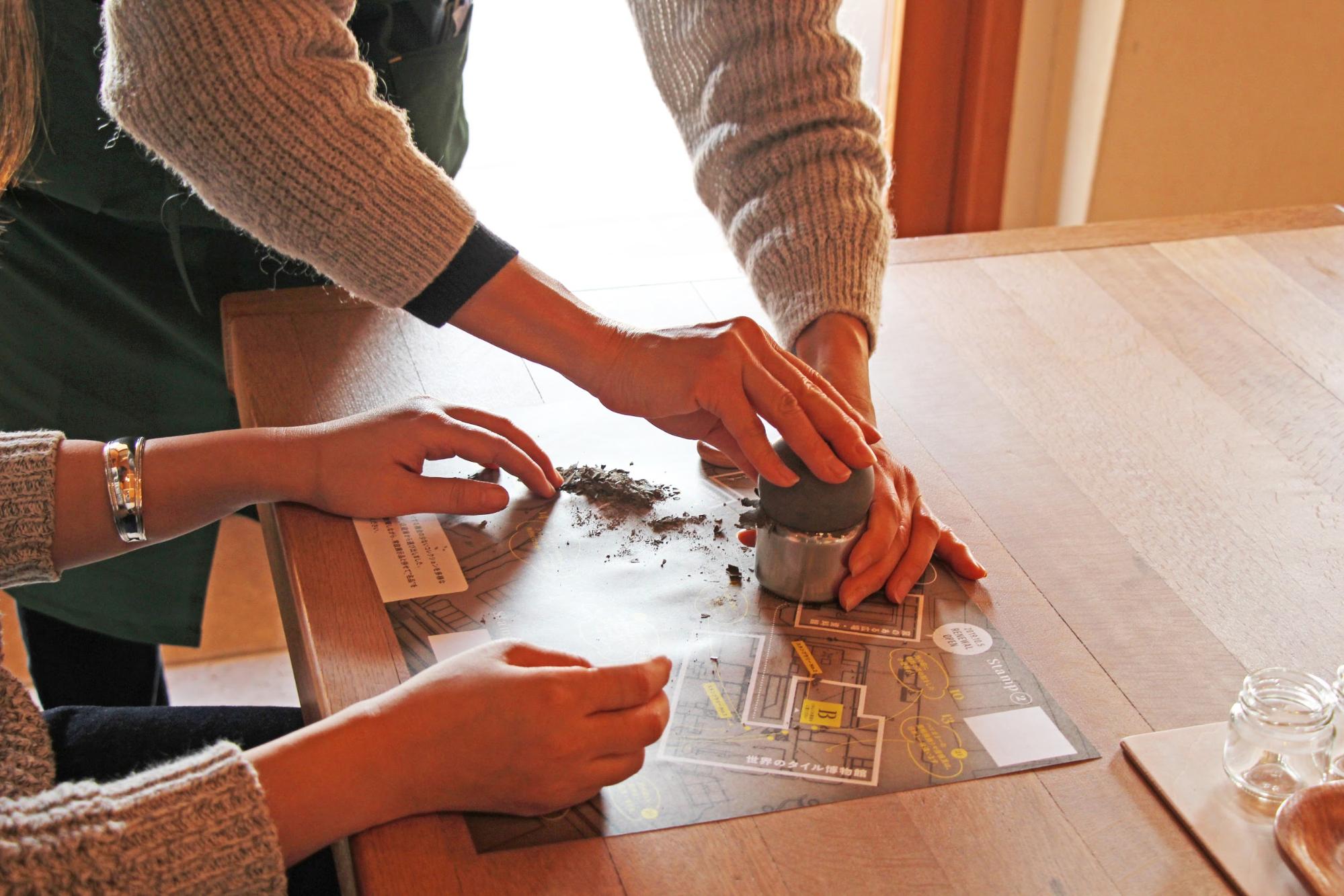
The teacher advised me, "You should cut down here a little more." It is reassuring to know that I can immediately ask questions about things I don't understand.
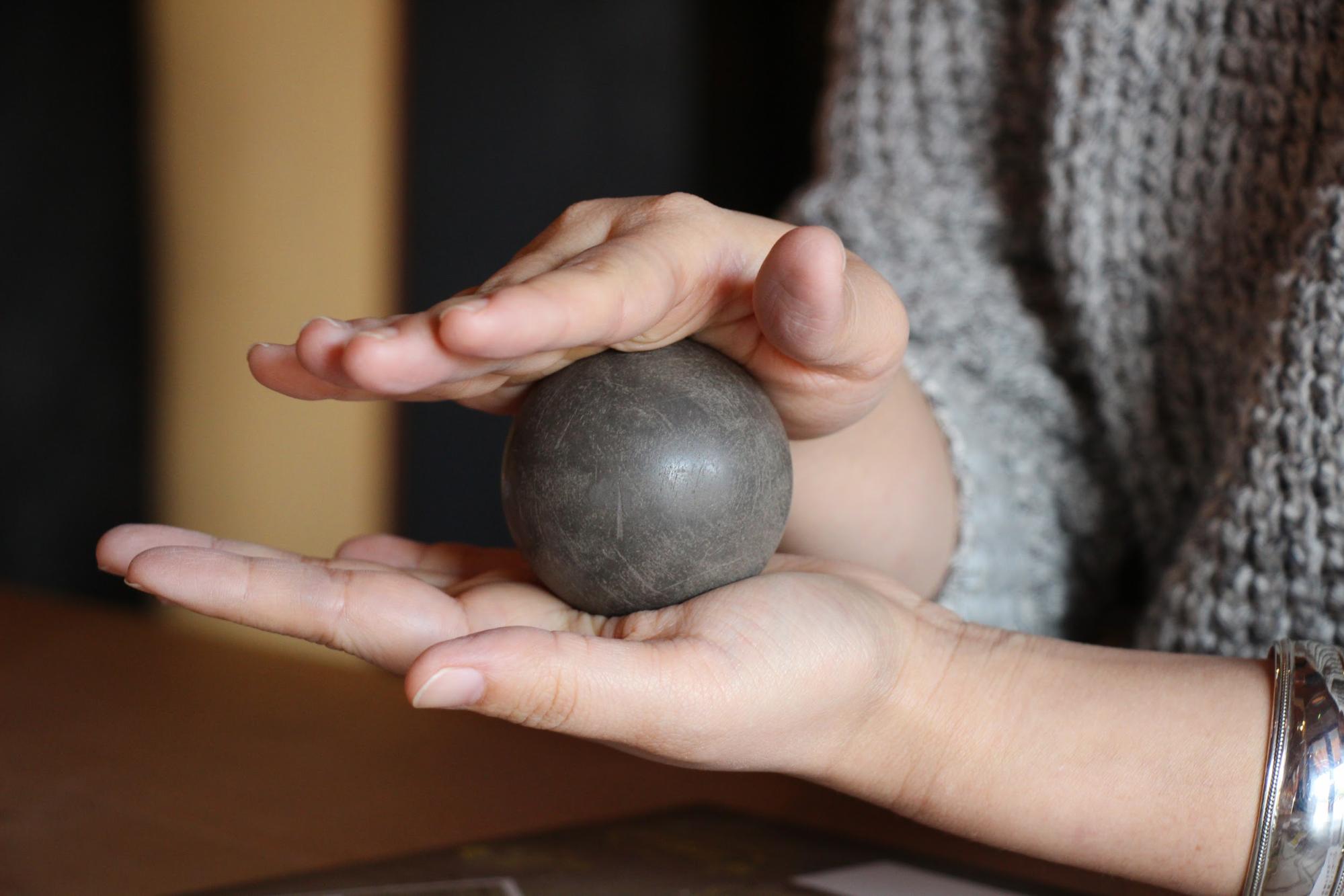
Rolling it around to prepare the surface. I'm already starting to love it a little.
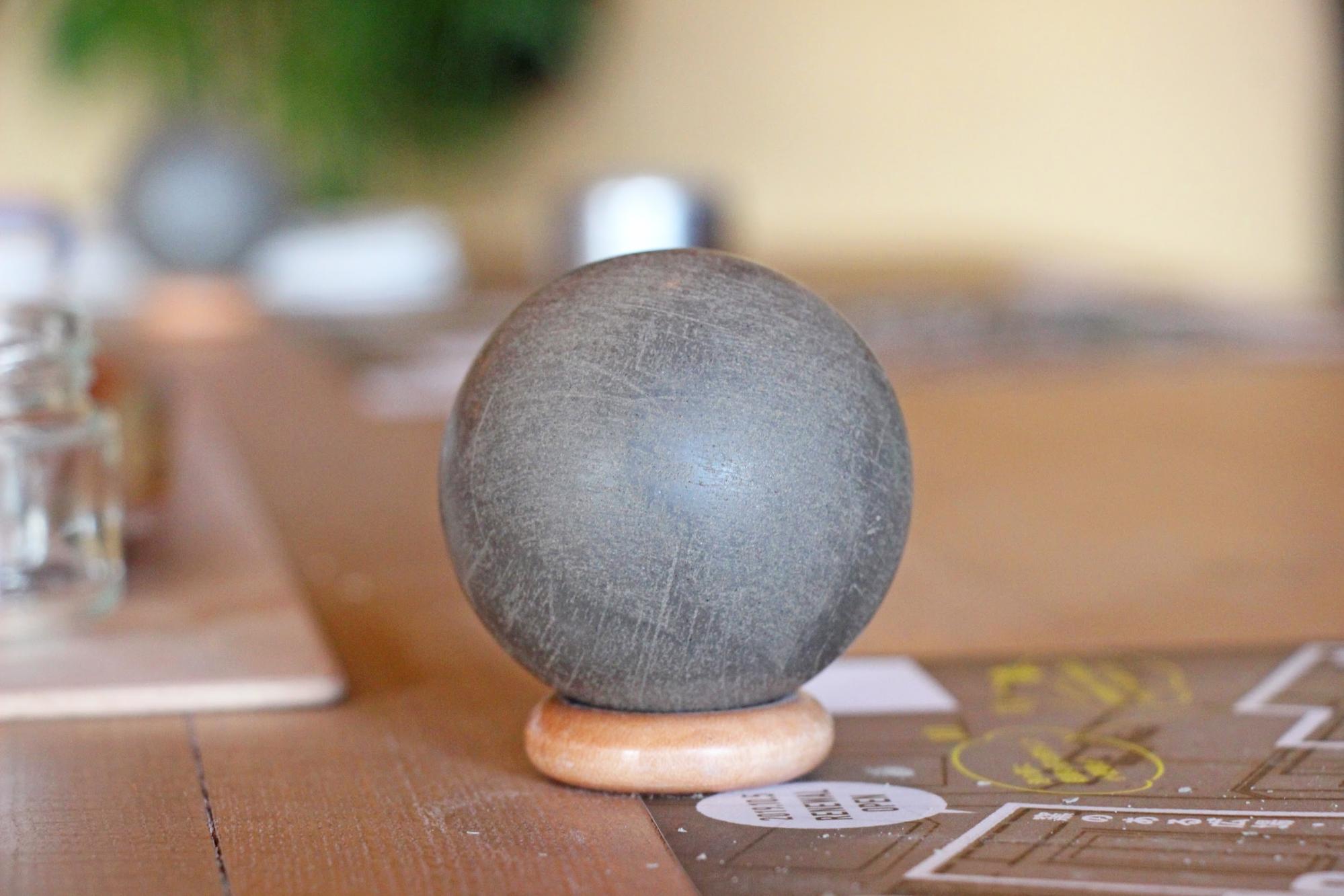
With the guidance of the teacher, I was able to make a beautiful sphere! This completes the scraping process.
Step 2: Coloring (required time: 10 minutes)

Next comes the most fun part! The "coloring" process.
To color the glowing clay balls, use “cosmetic mud”. There are five colors: green, black, blue, red, and beige, and one seasonal color. This day, there was silver blue. It's glittery and a very pretty color.
You can use any color! The point is to apply thinly. If you apply it too thickly, it will be difficult to shine, so be careful.
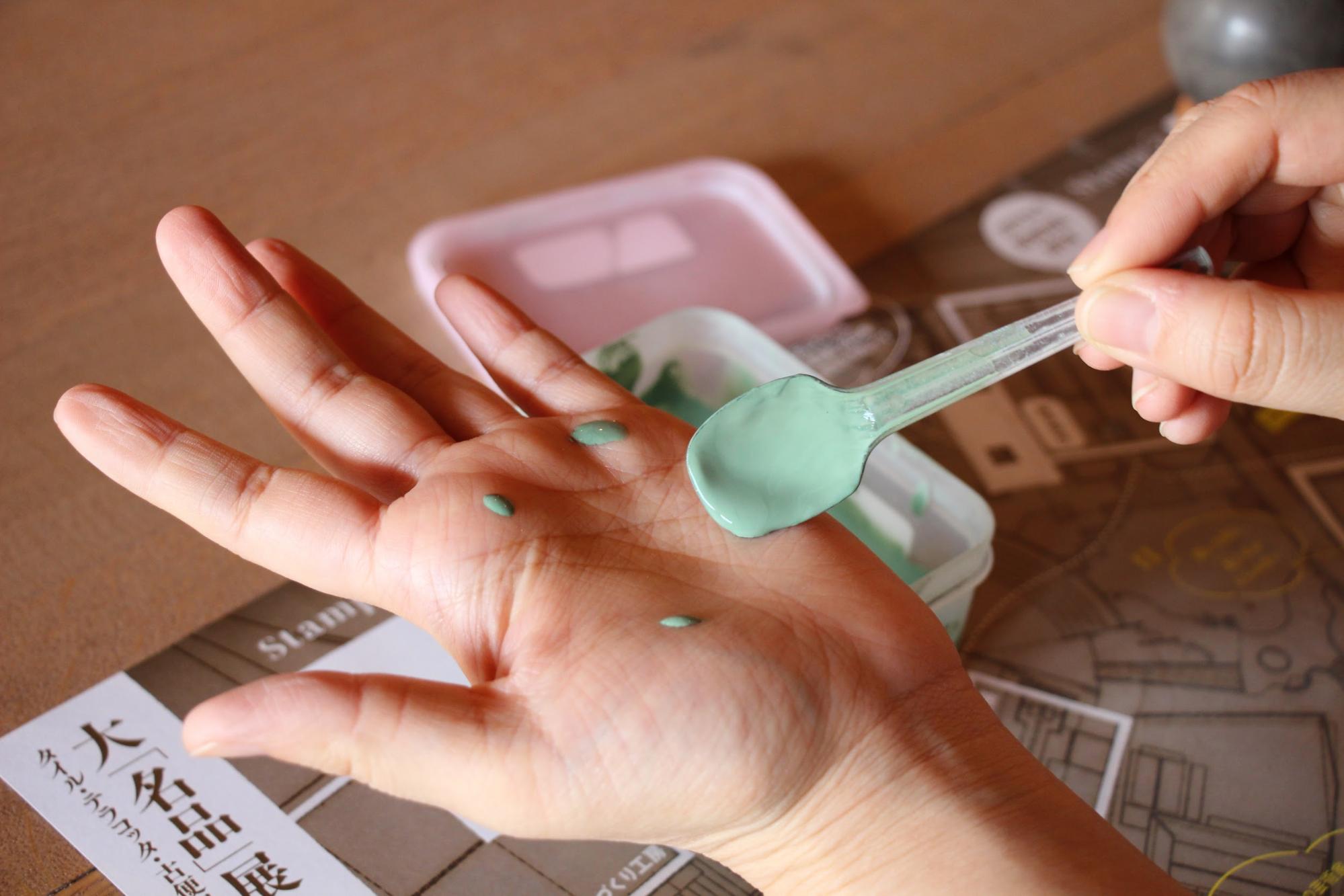

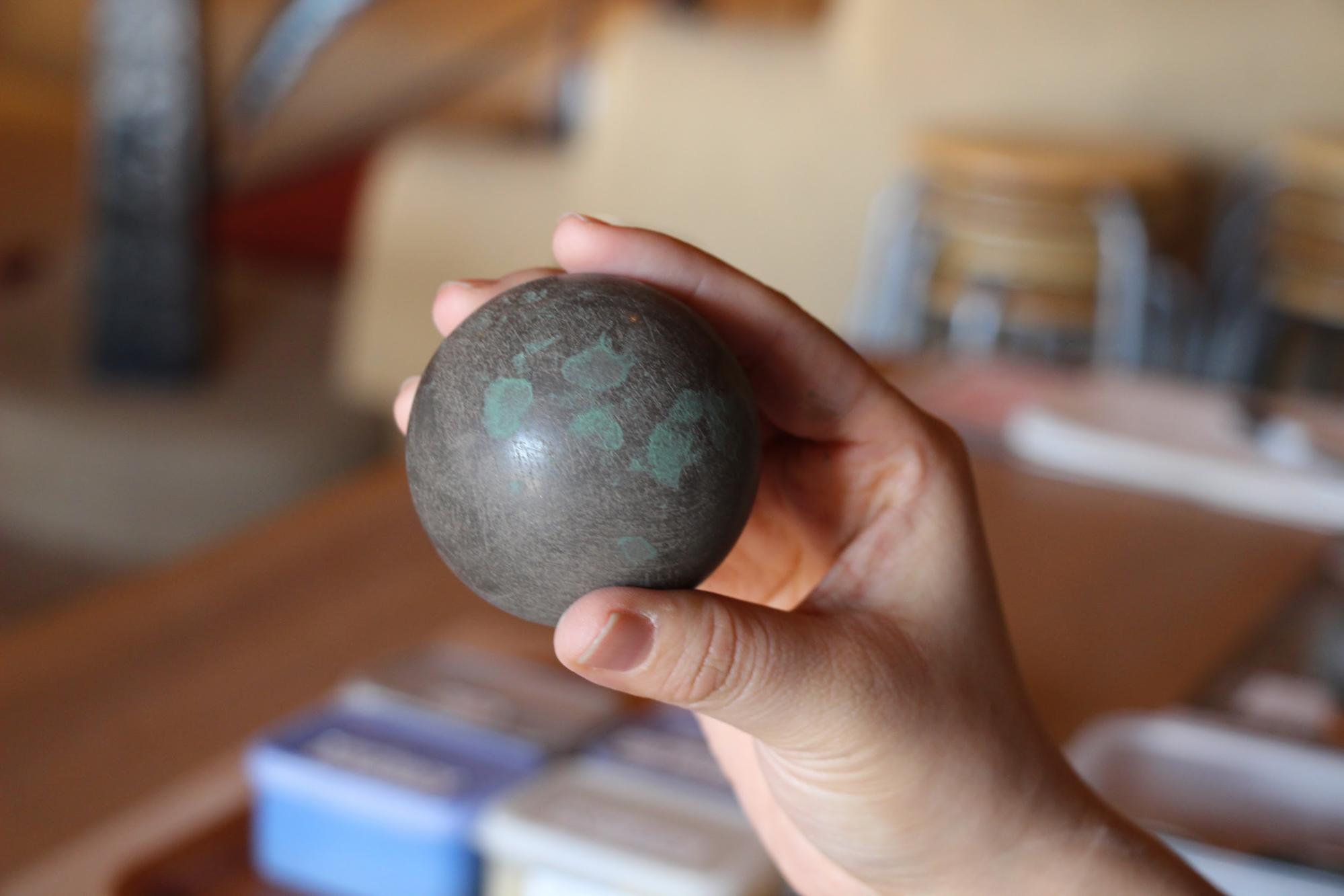
Put the cosmetic mud on your hand, put the ball on it and roll it around.

It is also interesting to create patterns with your fingers. You only have about 10 minutes to paint, so it is important to trust your own sensitivity and paint quickly. There is no time to hesitate! (Laughs)
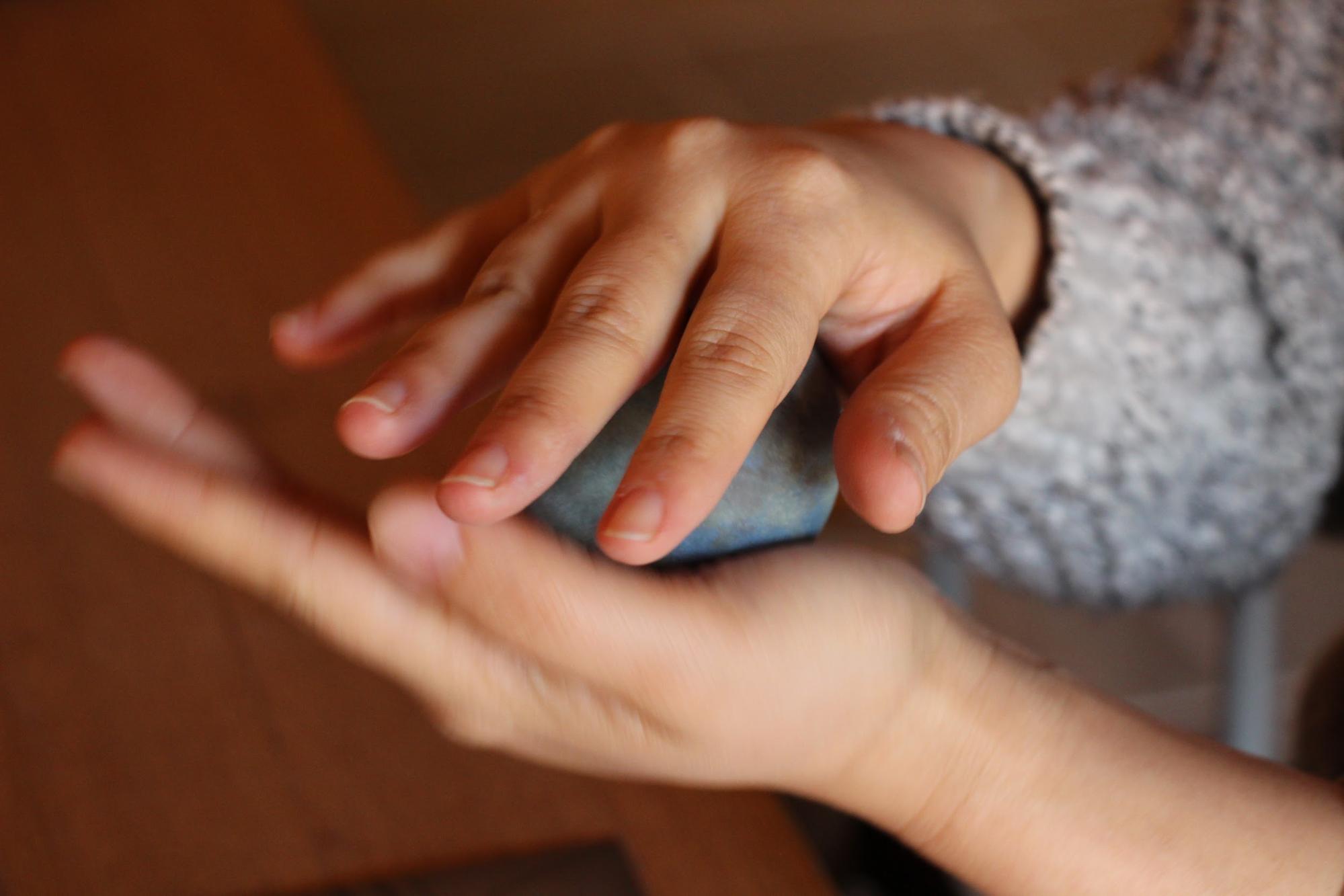
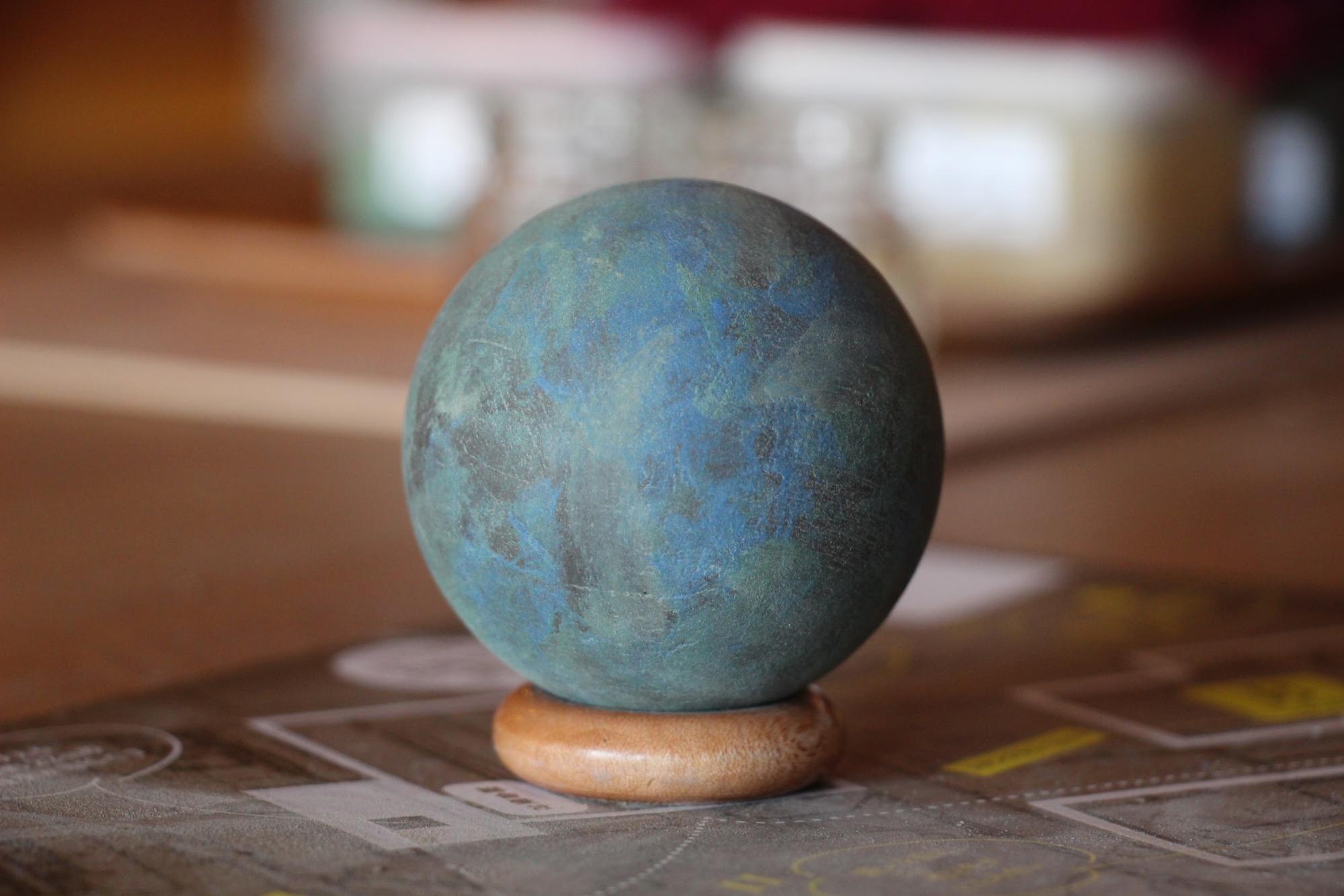
Rub it in with the palm of your hand, and the coloring process is complete!
Process 3: Polishing (required time: 30 minutes)

It's finally the last step!
The last step is the "polishing" process. The mouth of the glass bottle is used to polish and shine the glass.

Polish slowly and gently at first.
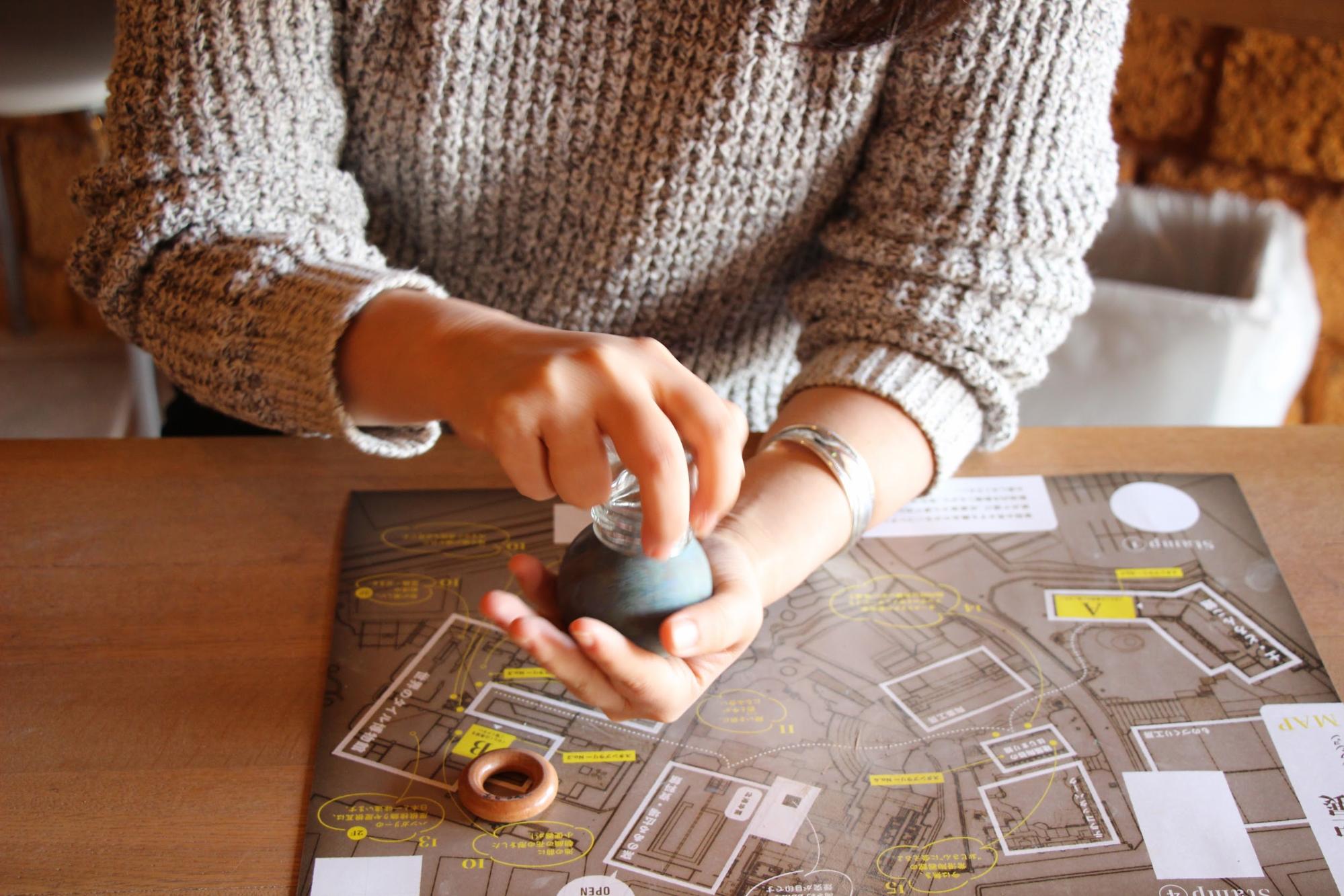
It's quite a painstaking task. We become obsessed with it and polish it silently...

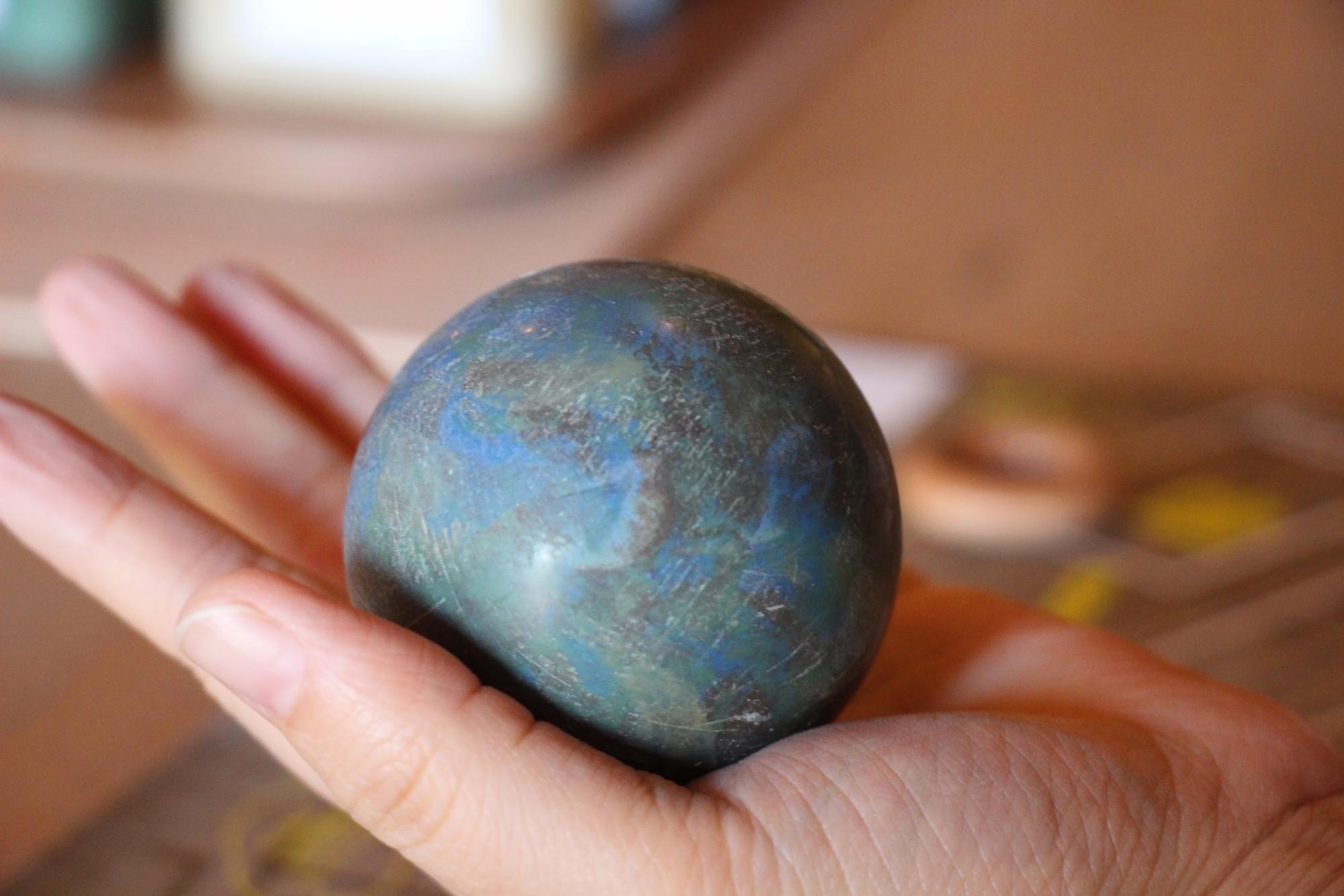
It has been quite glowing!
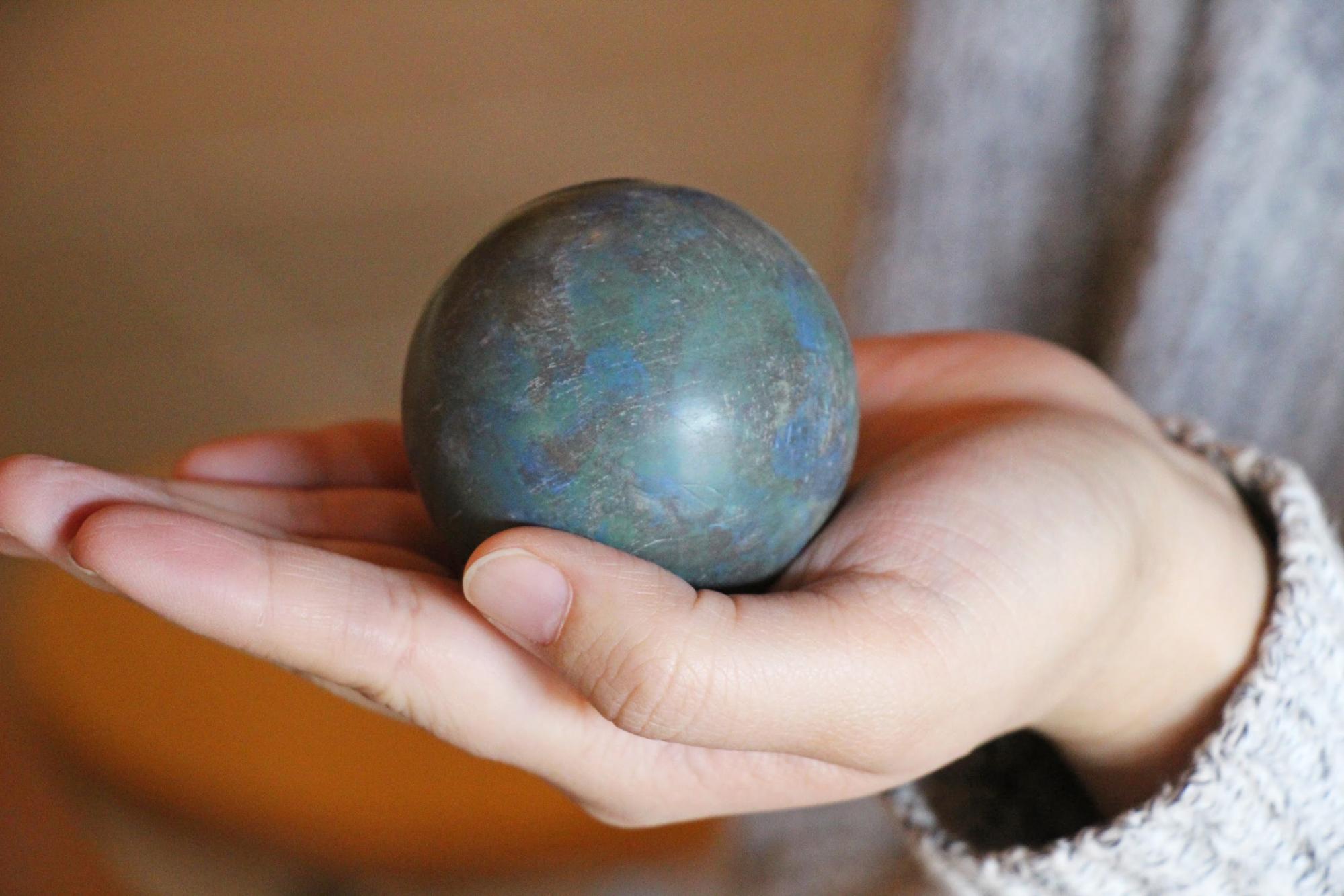
About an hour after the workshop started. The glowing clay ball is completed! !

But... this is not a true completion. Moisture evaporates from the clay, causing the grains of the surface soil to become oriented differently.
By rubbing your palms every day for about 2 weeks, it will become more and more shiny! The guideline is about 1 minute each in the morning and at night.
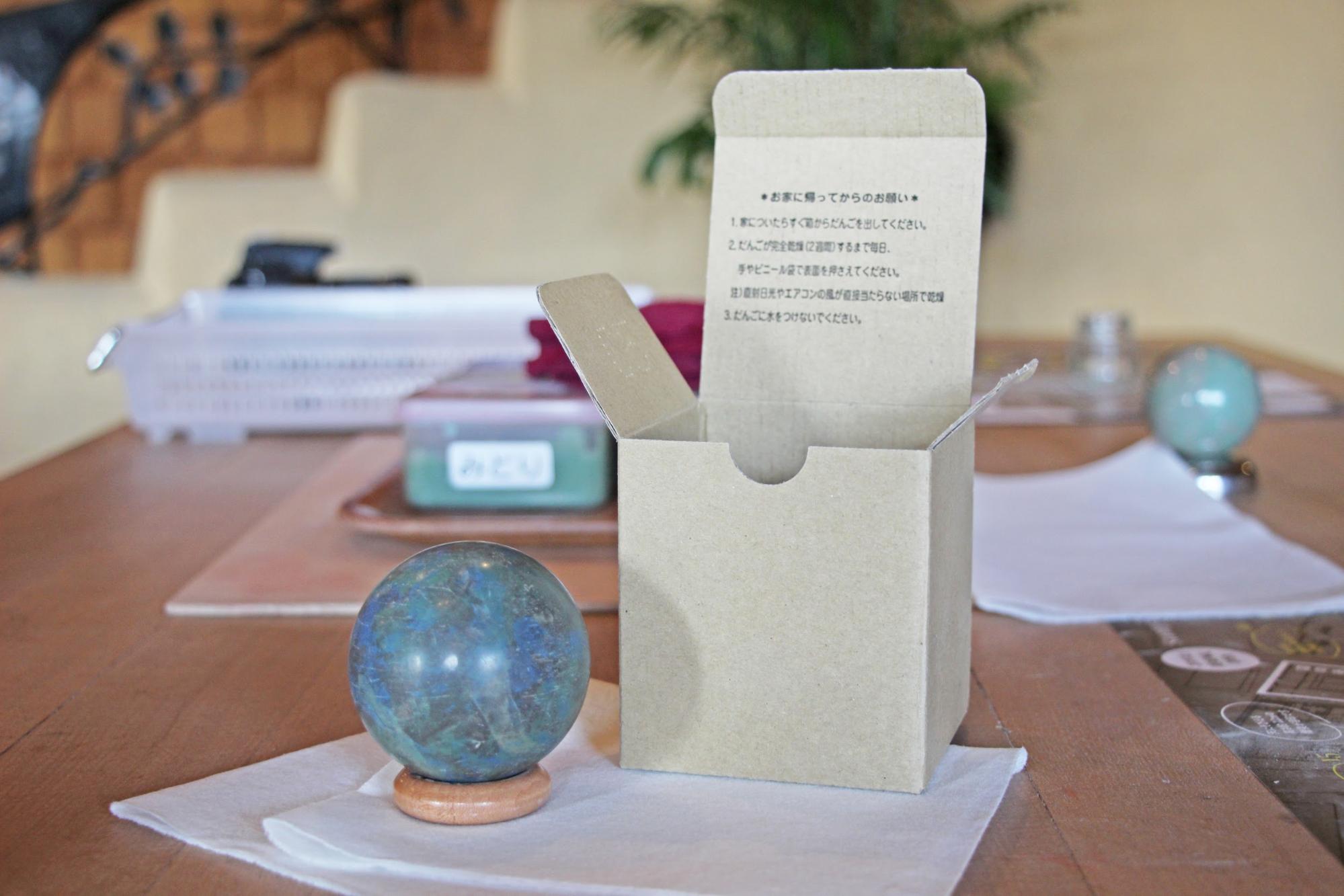
When you take it home, you can get a special box. Let's roll around at home and complete your glowing clay ball!
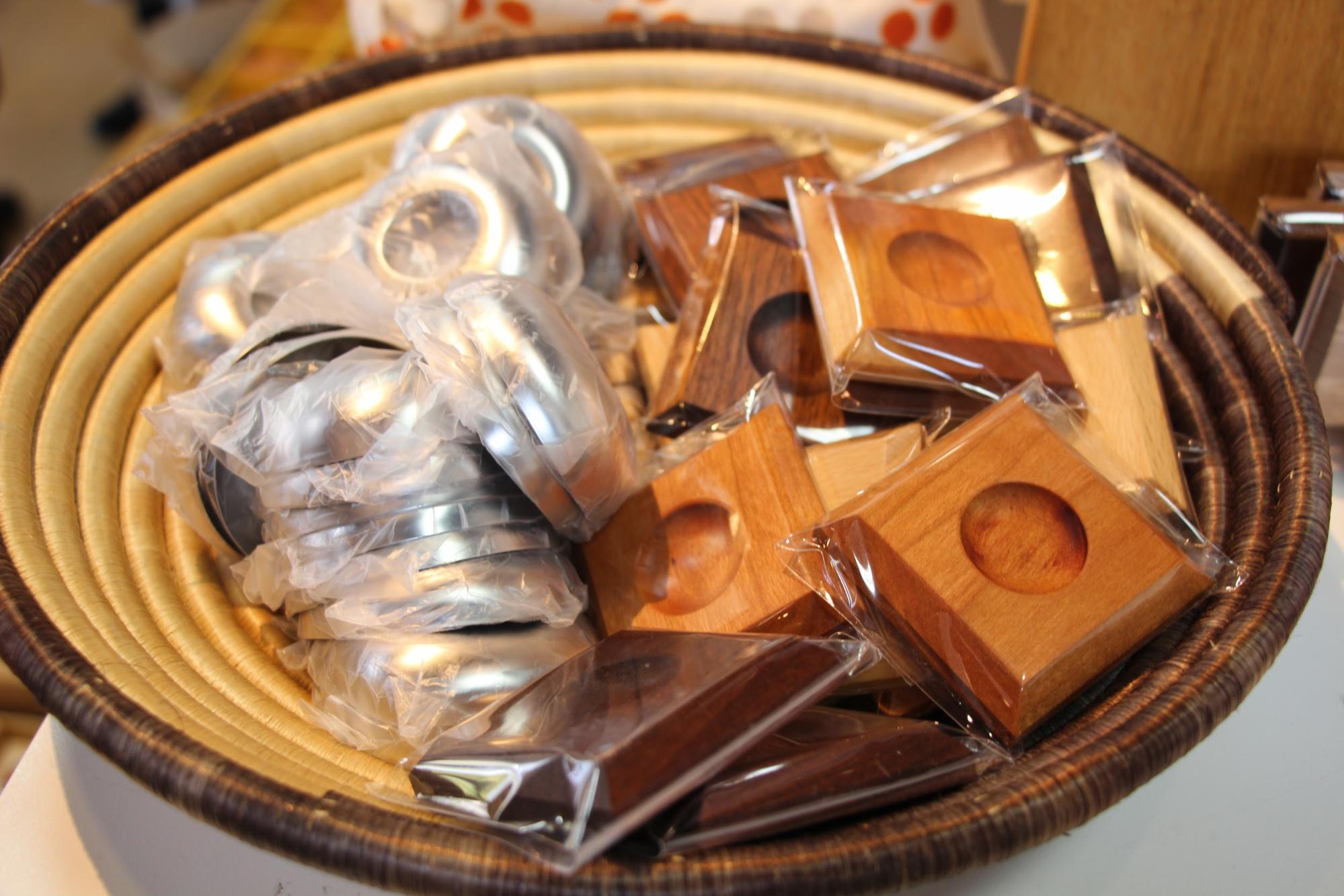
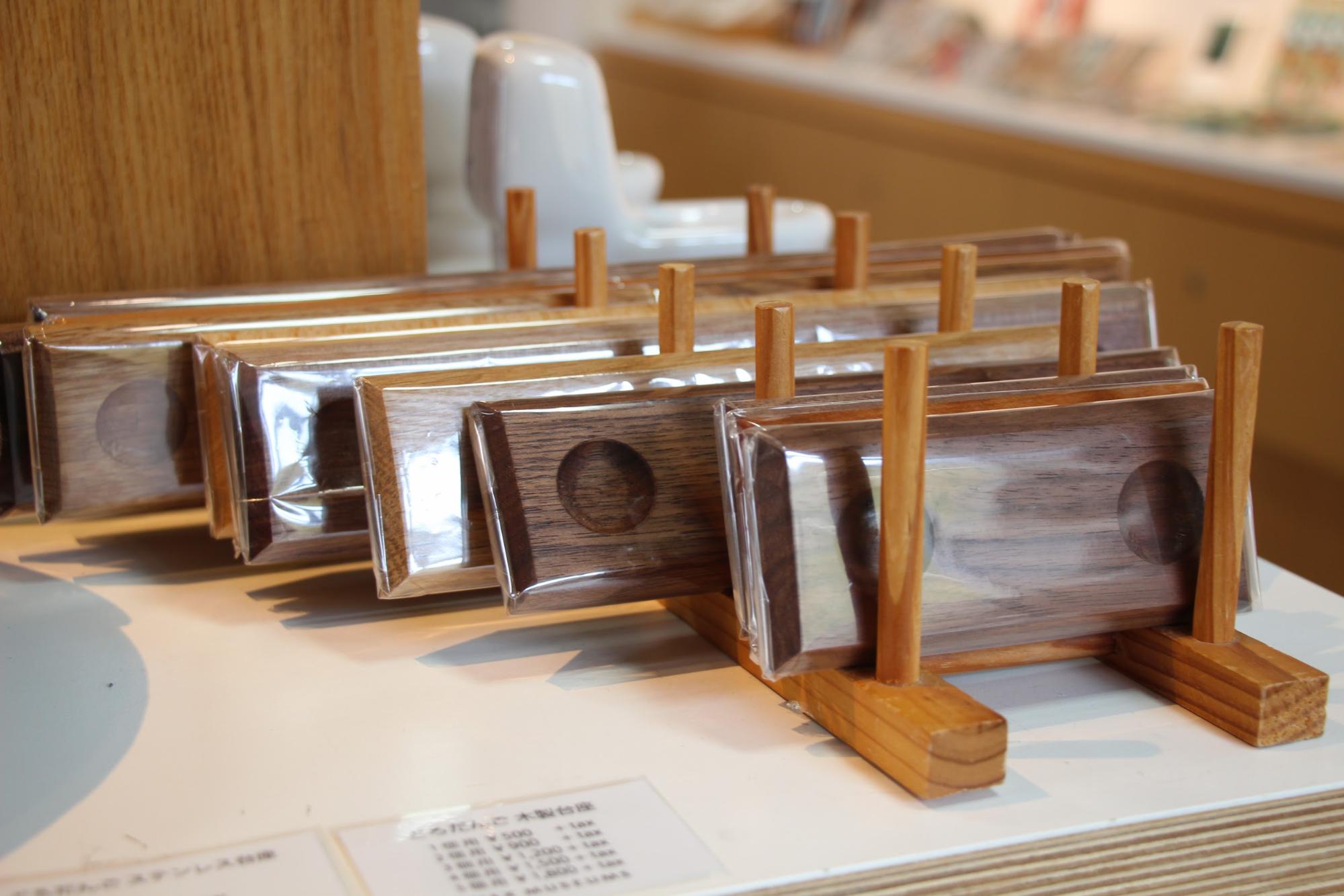
The museum shop inside the World Tile Museum also sells special pedestals. If you want to decorate your room, please check it out!

The workshop was more enjoyable than we had imagined, even for adults. We were so absorbed in the workshop that an hour and a half passed in the blink of an eye. It was fun to be able to create my own original piece, depending on how I colored it. Another important point is that both adults and children can experience the workshop together!
Incidentally, a national competition has been held since 2008 to spread the charm of glowing clay balls. If you are the one who wants to try it, please give it a try!
This is a very popular workshop, so don't delay your reservation!

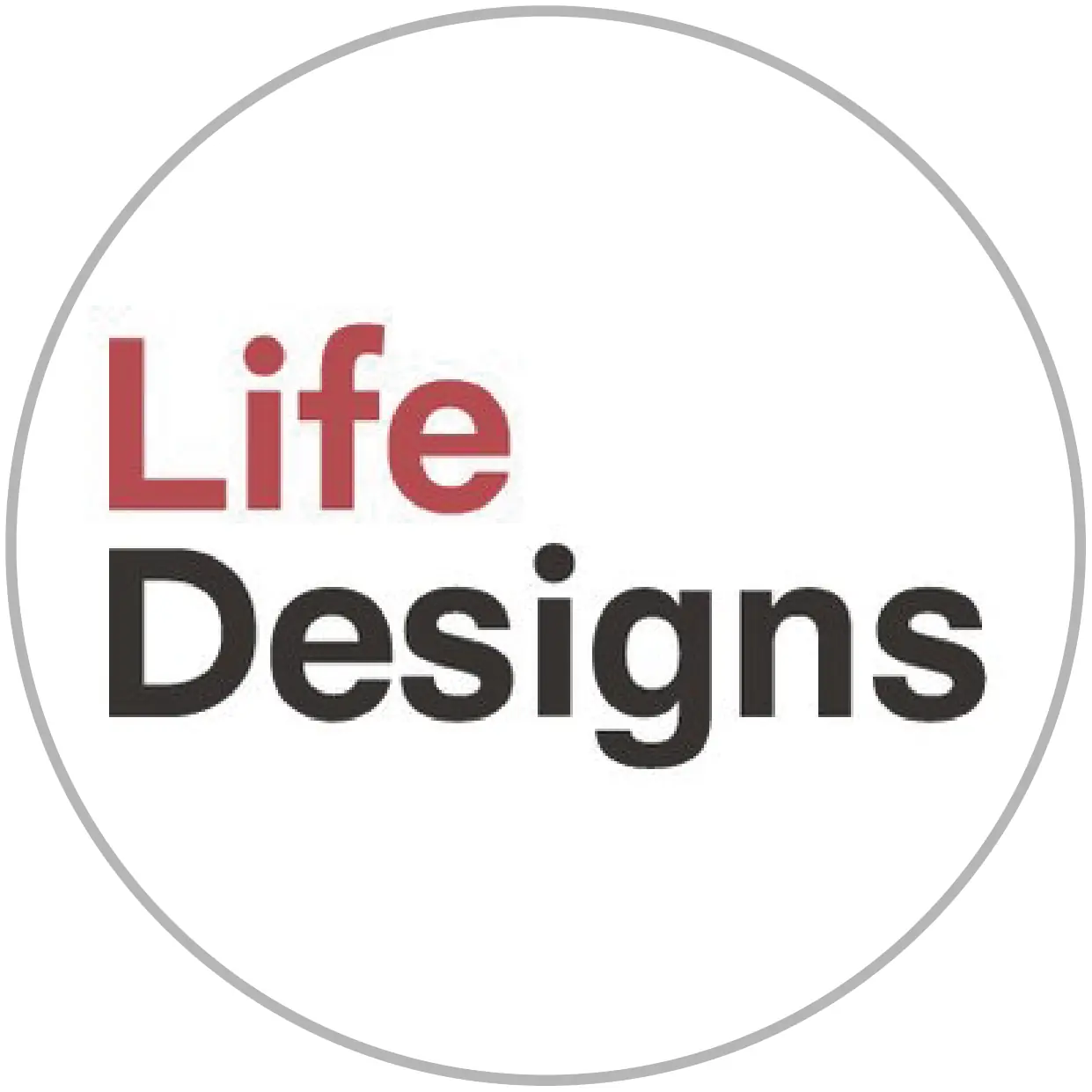



![[Tokoname City] Recommended Outing Spots](https://life-designs.jp/wp/wp-content/uploads/2022/06/46975da912eeb9ccfeabcfa9e3bb7a15-1024x580.png)
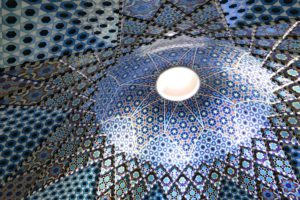

![[Part 1] What to do in the "Pottery Trail" in Tokoname!](https://life-designs.jp/wp/wp-content/uploads/2019/06/image28-16-300x200.jpg)
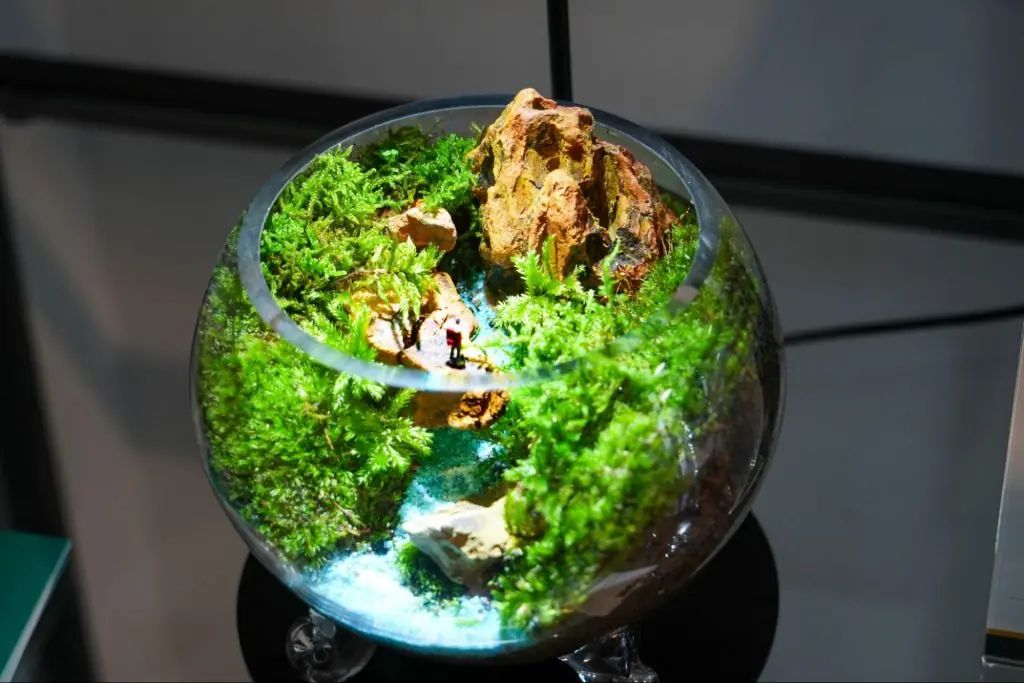
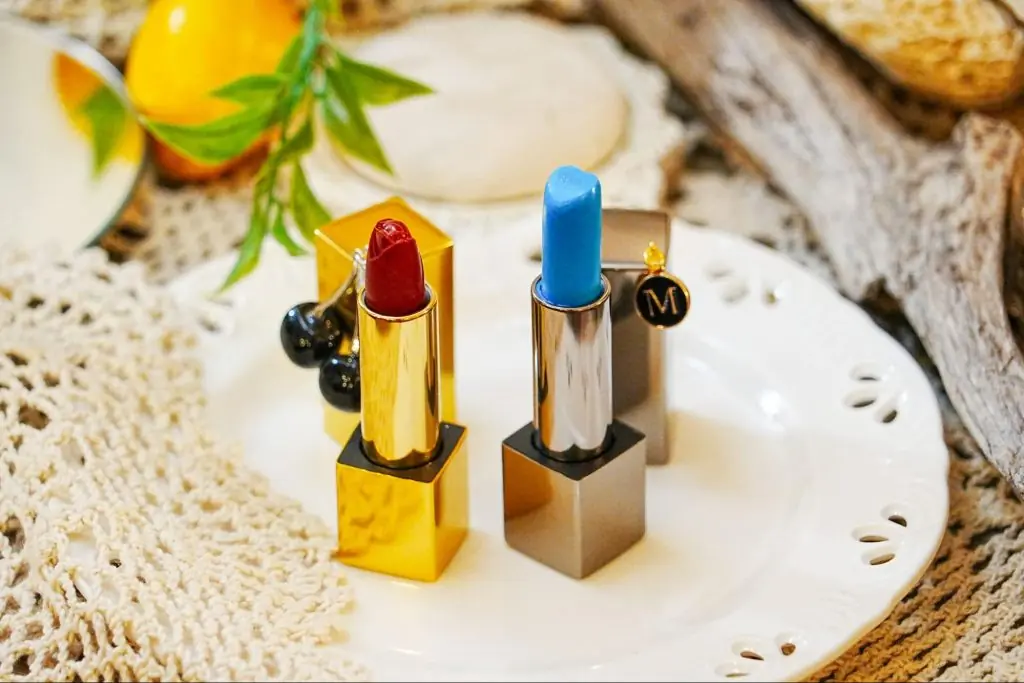


![[Tokoname] Mooovi Tokoname, A Playground Adjacent to Boat Race Tokoname!](https://life-designs.jp/wp/wp-content/uploads/2022/11/image43-1-1024x684.jpg)
![[Tokoname City] Community Park Gruun Tokoname is a New Type of Park for the Families!](https://life-designs.jp/wp/wp-content/uploads/2022/11/image21-14-1024x684.jpg)
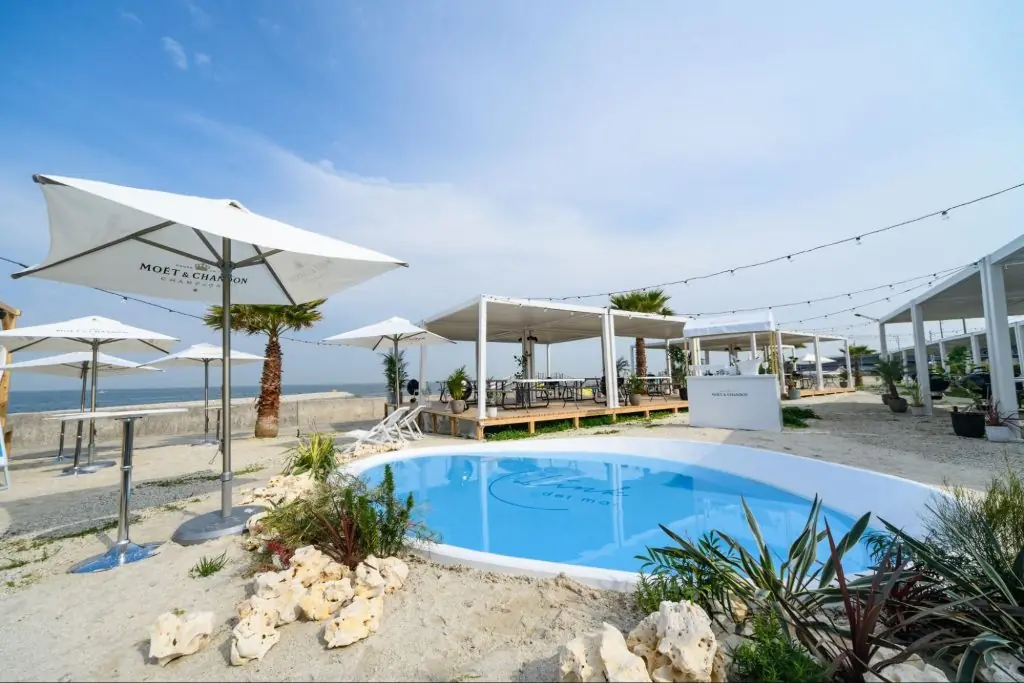


![[Indoor Facilities] Where to Go on Rainy Days in Tokai Area! For Family Outings!](https://life-designs.jp/wp/wp-content/uploads/2023/07/FotoJet-23.jpg)





![[Tokai Area] Place to Go on Rainy Days!](https://life-designs.jp/wp/wp-content/uploads/2022/03/f76405aaa33944a4ba88a131fbc56523-768x435.png)
![[Osu Special Feature] A City of History and Uniqueness](https://life-designs.jp/wp/wp-content/uploads/2022/03/01_Osu-1-768x435.png)

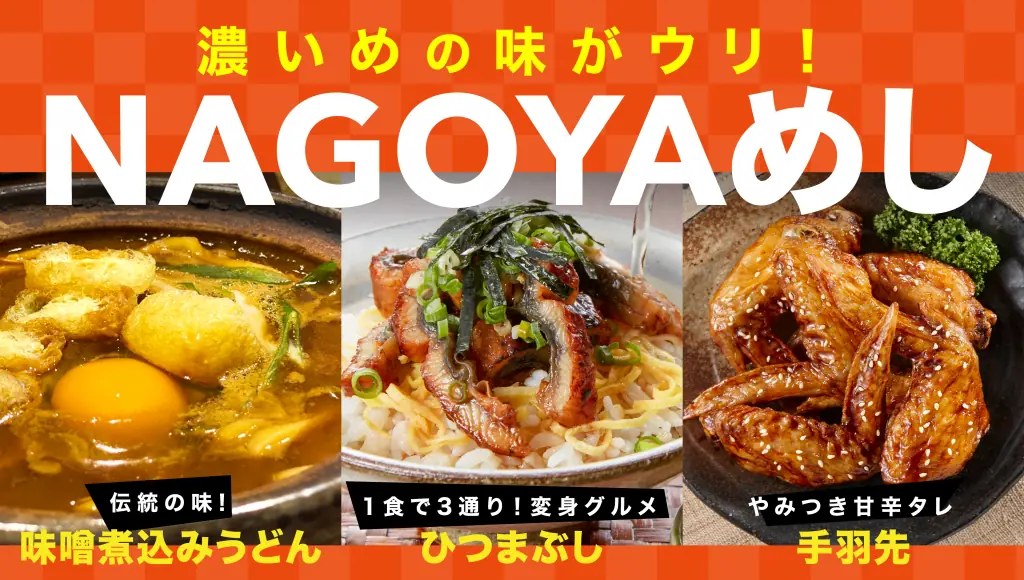
![[Enjoy Kuwana! ] From Classic to the Latest Spots](https://life-designs.jp/wp/wp-content/uploads/2022/11/Kuwana_w1920x1088-1-1024x580.png)
![[Sauna Specials] Feel Revitalized in Sauna!](https://life-designs.jp/wp/wp-content/uploads/2021/07/Sauna-1024x580.jpg)


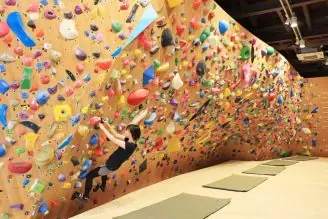
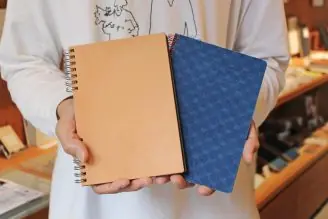
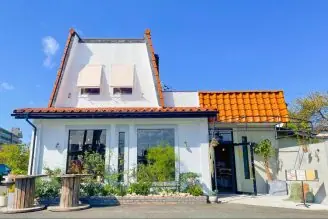

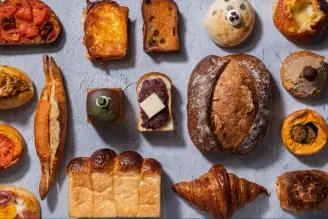

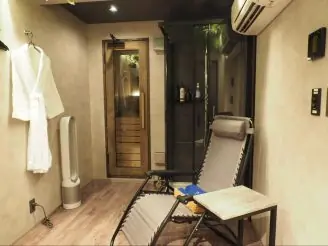



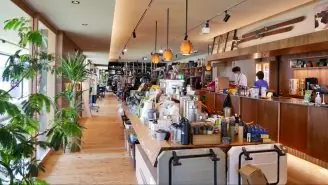
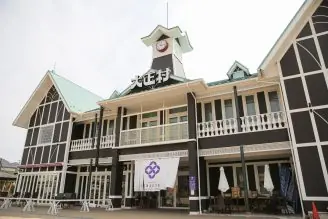

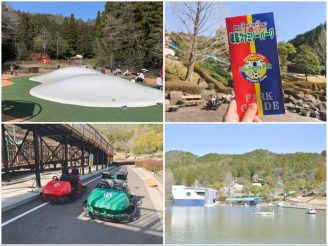

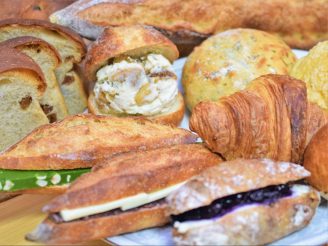
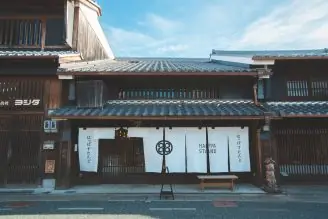
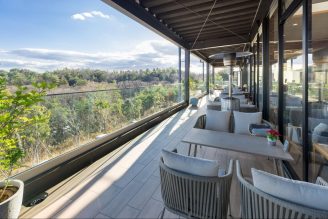

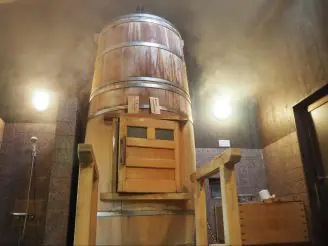
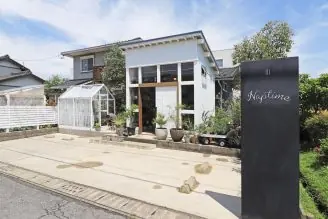
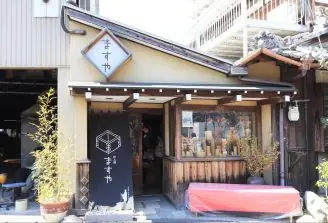

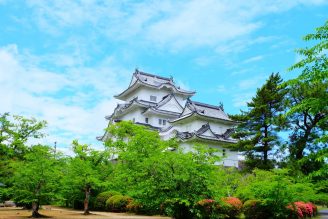


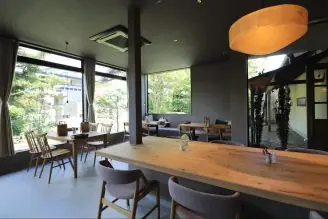
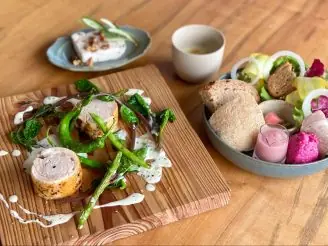

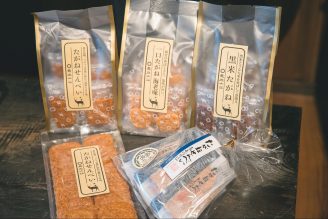
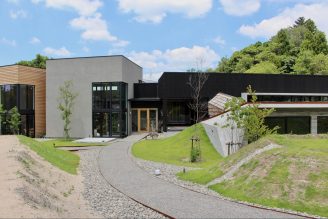
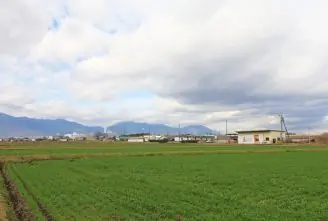

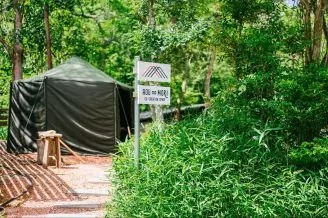
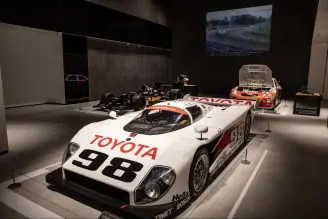

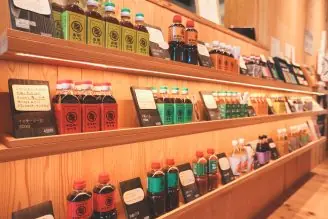
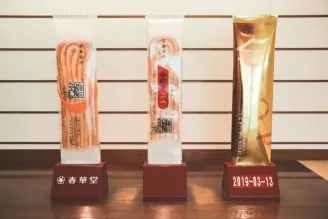






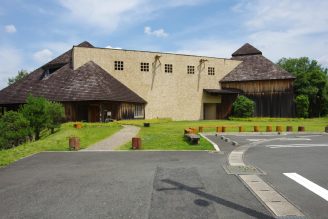

![[Indoor Facilities] Where to Go on Rainy Days in Tokai Area! For Family Outings!](https://life-designs.jp/wp/wp-content/uploads/2023/07/FotoJet-23-1024x768.jpg)
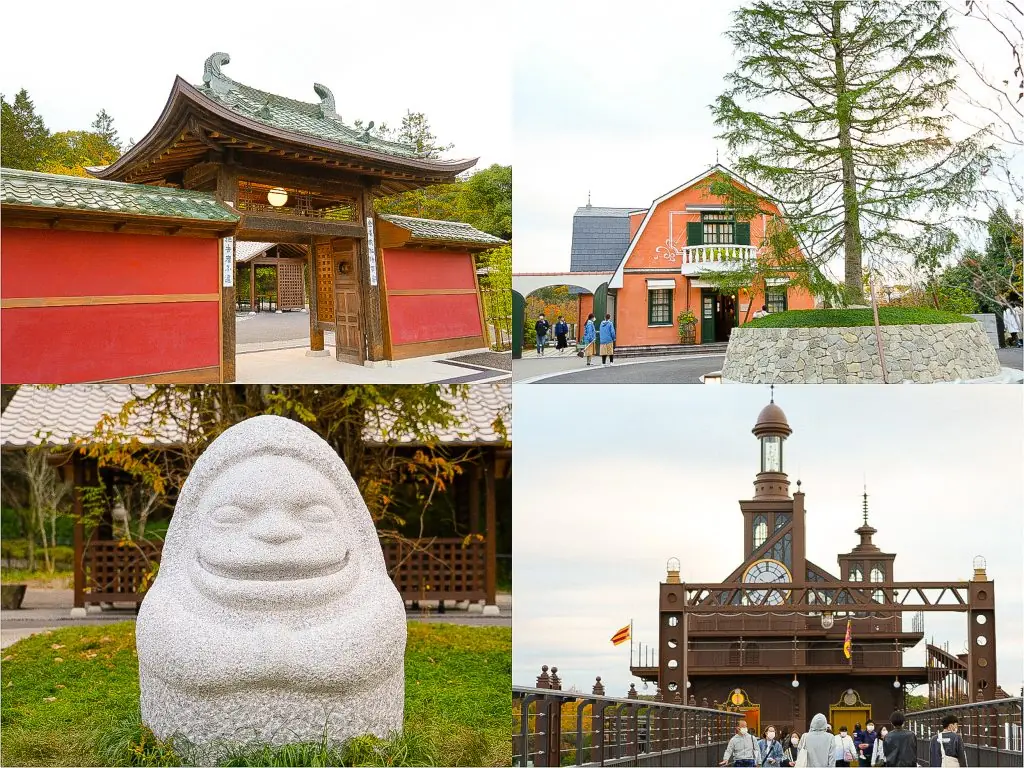
![[10 selections] Recommended for Girls' Trip from Nagoya! Special feature on Hotels and Inns](https://life-designs.jp/wp/wp-content/uploads/2022/11/FotoJet-1-1024x768.jpg)
![[Within 2hrs by Car] 12 Outing Areas where You can Go on a Day Trip from Nagoya!](https://life-designs.jp/wp/wp-content/uploads/2023/07/odekake12_w1200h900_20240422-768x576.png)
![[Aichi, Gifu, Mie] 30 Family-Friendly Spots to Go in Winter!](https://life-designs.jp/wp/wp-content/uploads/2019/12/image21-1-150x106.png)
